
After two decades, Austrian artist and filmmaker Josef Dabernig returns to Grazer Kunstverein. The exhibition revolves around the Austrian premiere of his latest film, Lacrimosa (2024), which stages funeral ceremonies in the attic of a spooky villa. In the film, an elderly aunt gathers her great-grandnieces and great-grandnephew around a child’s coffin for a funeral prayer. Folded hands, furtive glances, rosaries, and a commode chair are the elements of an eccentric children’s game in which the illustrious group navigates between intimidation, rebellion, and a dangerous staircase, all while grappling with existential questions.
Lacrimosa sets the tone for a retrospective look at Dabernig’s moving-image oeuvre, filtered through the motifs of death, mourning, and elegy. The relation between the film and the scenography is conceived as an expanded form of sculpture, shaping the interplay of artifact, domesticity, and loss.
JOSEF DABERNIG (b. Kötschach-Mauthen, Austria) is an artist and filmmaker living in Vienna. Recent solo exhibitions include Lancia Thema, The Black Box, Wschód, New York, USA (2023); Wisla, Museum Jorn, Silkeborg, Denmark (2023); and Equally Not Nothing, Galerie Stadtpark, Krems, Austria (2020). Dabernig’s work was a part of the 49th and 50th Venice Biennale in 2001 and 2003, Manifesta 3 (2000, Ljubljana) and 10 (2014, St. Petersburg), and the 9th Gwangju Biennale (2012). His films have been featured across various film festivals internationally, including the International Short Film Festival Oberhausen, International Film Festival Rotterdam, Locarno Film Festival, Venice Film Festival, Mar del Plata International Film Festival, Melbourne International Film Festival and the Toronto International Film Festival. In 2004, Dabernig presented his exhibition Josef Dabernig: Proposal for a New Kunsthaus, not further developed at Grazer Kunstverein, which was accompanied by a namesake publication.
A co-operation with steirischer herbst ’24

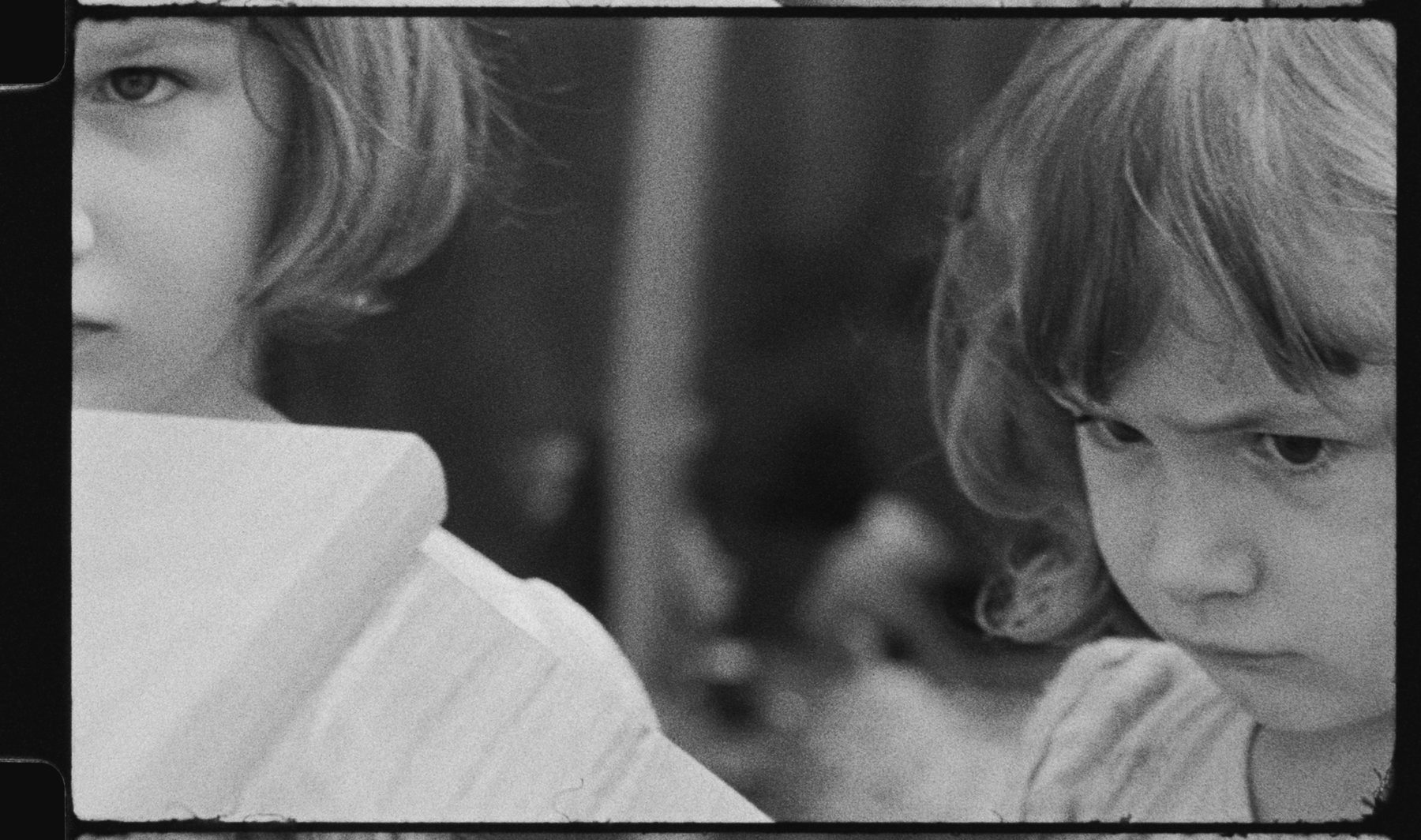
This publication coincides with Curtis Cuffie’s New York City, an exhibition presenting Curtis Cuffie’s work as captured in photographs by Katy Abel, Tom Warren, and Cuffie himself. Unlike the exhibition, this book exclusively features Cuffie’s photographs. It is the eight entry in a series of compact volumes featuring visual contributions, correspondence, responses, and conversations accompanying the Grazer Kunstverein exhibition program.
Curtis Cuffie (1955–2002) was an artist based in New York City’s East Village. Originally from Hartsville, South Carolina, he moved to Brooklyn at the age of fifteen and eventually settled in Manhattan, first near Bryant Park and later around the Bowery where he lived unhoused for long stretches of his life. Artforum, The New York Times, and The Village Voice all profiled and reviewed his work and he held solo exhibitions at Flamingo East, Tribes, and 4th Street Photo Gallery, all in New York. During his lifetime, Cuffie was featured in nearly a dozen group shows across the US at various venues including Exit Art, American Primitive, and the Jamaica Art Center in New York, as well as the American Visionary Art Museum in Baltimore. Cuffie was integral to a dynamic circle of artists and intellectuals, marking his place within New York’s black avant-garde. Recently, his work has been presented in exhibitions across New York City, including Souls Grown Diaspora (2020) at Apexart, curated by Sam Gordon; Greater New York (2021) at MoMA PS1, curated by Ruba Katrib; and Curtis Cuffie (2023) at Galerie Buchholz, curated by Scott Portnoy. Curtis Cuffie, a book edited by Scott Portnoy, Robert Snowden, and Ciarán Finlayson, and designed by Julie Peeters, was published by Blank Forms in 2023.
Editor: Tom Engels
Photographer: Curtis Cuffie
Graphic Design: Julie Peeters
Printing and binding: Benedict Press, Münsterschwarzach
Edition: 350
Typeface: Kleisch GK by Chiachi Chao
Photo credits: All photographs in this publication, both color and black and white, were taken by Curtis Cuffie between 1990-1999. They have been reproduced with the permission of Carol Thompson and Galerie Buchholz
128 pages, color, B&W
ISBN: 978-3-9505230-7-2
Price: 15,- euros, 9,- euros for members
You wrote: the title of his exhibition is the collection of images that accompanies it. Three images of a red eye, split, side by side.
You said that the first image, a red shape against a grey backdrop, felt familiar but resisted identification. You told me that it reminds you of an eye, vigilant and watchful, intertwined with the sharpness of a pointer, guiding.
You wrote: this image is like a half-memory, in a haze, details softened, an invitation to ponder its secrets.
In the second image, you told me, similar shapes appear. The eye and arrow merge in their enigmatic pull, centered on the screen, details blurred at the edges, as if the lens was smudged. You wondered if it is a twin to the first piece, and whether this suggests that clarity is not always necessary for understanding. Is this movement a suggestion, a gentle nudge towards meaning?
You wrote: the quality of these images will draw you towards a mysterious dance.
The third image, you said, will stand with bold clarity once the blur is mostly lifted to reveal the design. The red lines will be crisp against a brownish-white background, the eye’s form will be distinct, the cursor’s thrust confident and unwavering. You said you will want the image to speak with a clear voice, as its symbolism becomes unmistakable: the fusion of vision and direction, perception and purpose.
You wrote: this image will crystallize what the others hinted at.
These three images, like his exhibition, did not use words. You wrote that the images themselves generated language. That they served as a premonition of something not yet realized. You said that you had heard songs of green and yellow and silver and the smell of camphor. And in that absence of words, we tried to make images speak.
The exhibition is curated by Tom Engels and will be accompanied by a publication developed by Jason Dodge, Julie Peeters, and Tom Engels.
On the occasion of the exhibition’s opening, as well as the joint openings at Halle für Kunst Steiermark and Neue Galerie Graz, a shuttle bus from and back to Vienna will be provided.
Departure Vienna: 2:00 pm, Operngasse 4, Buszone, Wiener Staatsoper
Return 10:00 pm, Burgring 2, Halle für Kunst Steiermark
More information can be obtained by emailing office@grazerkunstverein.org.
JASON DODGE recently presented the solo exhibitions Tomorrow, I Walked to a Dark Black Star at MUDAM, Luxembourg (2024); Cut a Door in the Wolf at MACRO, Rome (2021); and They Lifted Me into the Sun and Packed My Empty Skull in Cinnamon, a six-part exhibition held at Akwa Ibom, Athens; Guimarães, Vienna; MOREpublishers with Gevaert Editions, Brussels; Galleria Franco Noero, Turin; and Gern en Regalia, New York (2020). In 2014, he curated Ronald Jones: 1987–1992 at the Grazer Kunstverein in collaboration with Krist Gruijthuijsen, its former artistic director, which was accompanied by Ronald Jones, a publication published by Grazer Kunstverein and Motto Books. Dodge founded and continues to edit the poetry imprint fivehundred places, and lives on the island of Møn in Denmark.

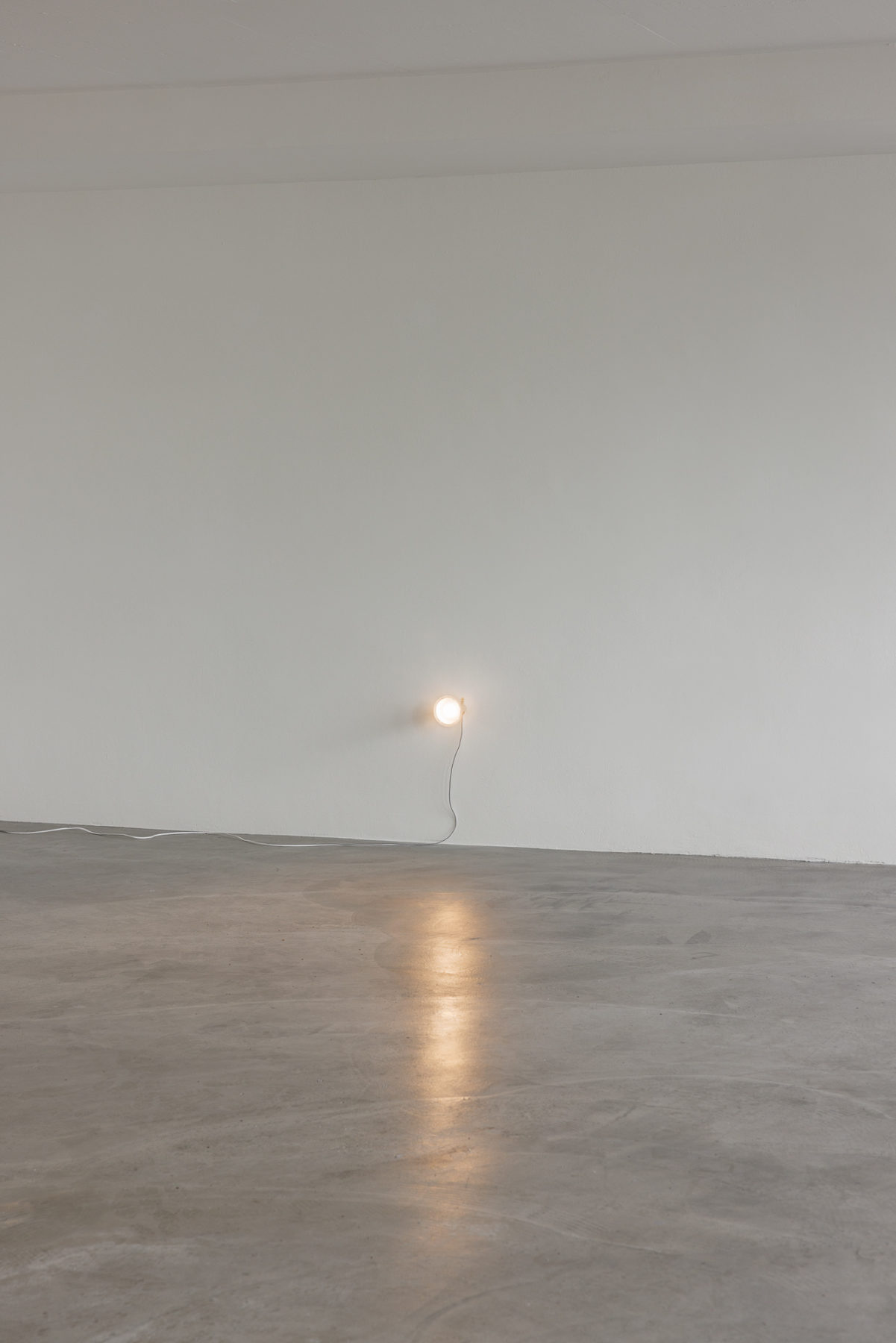
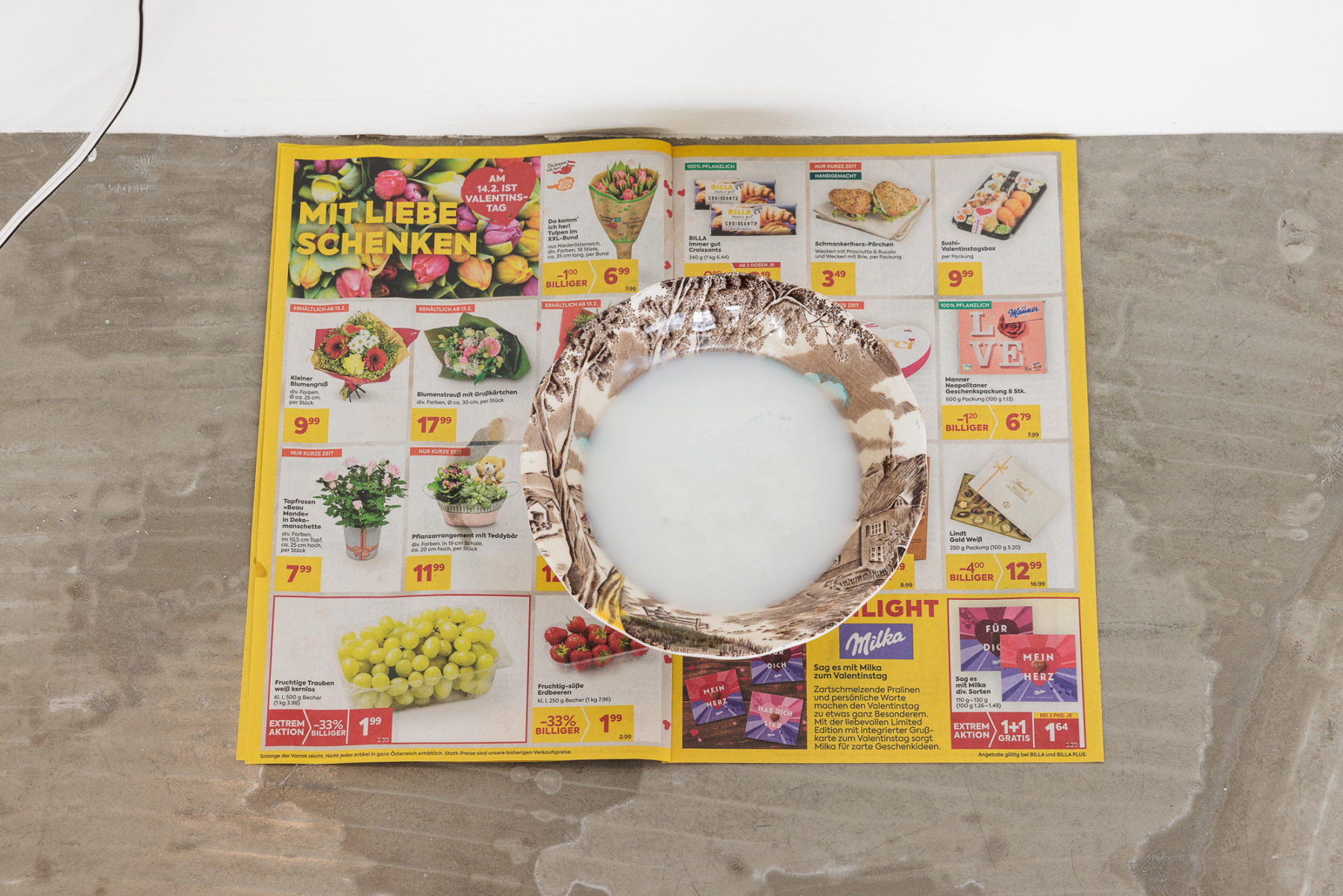
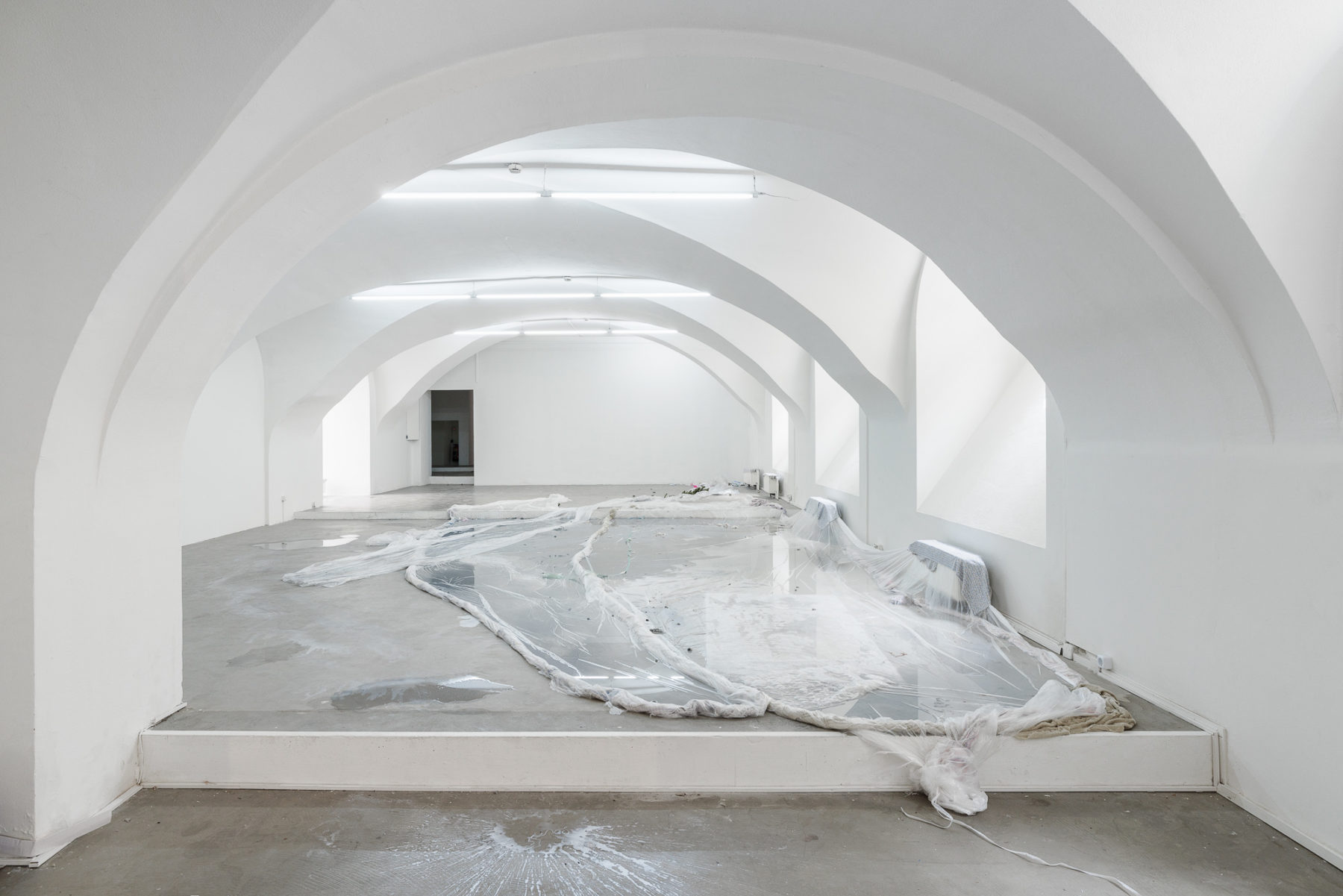
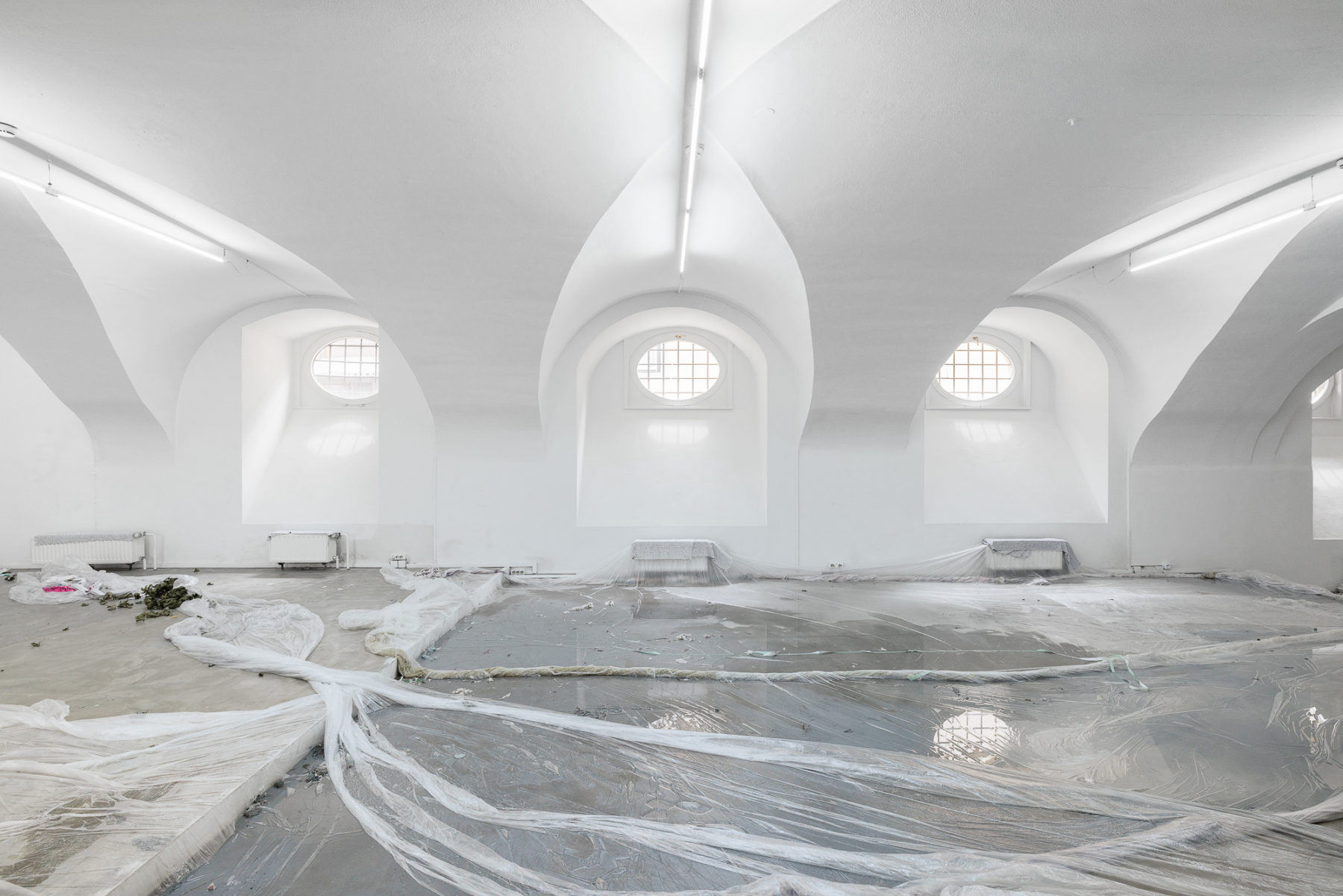
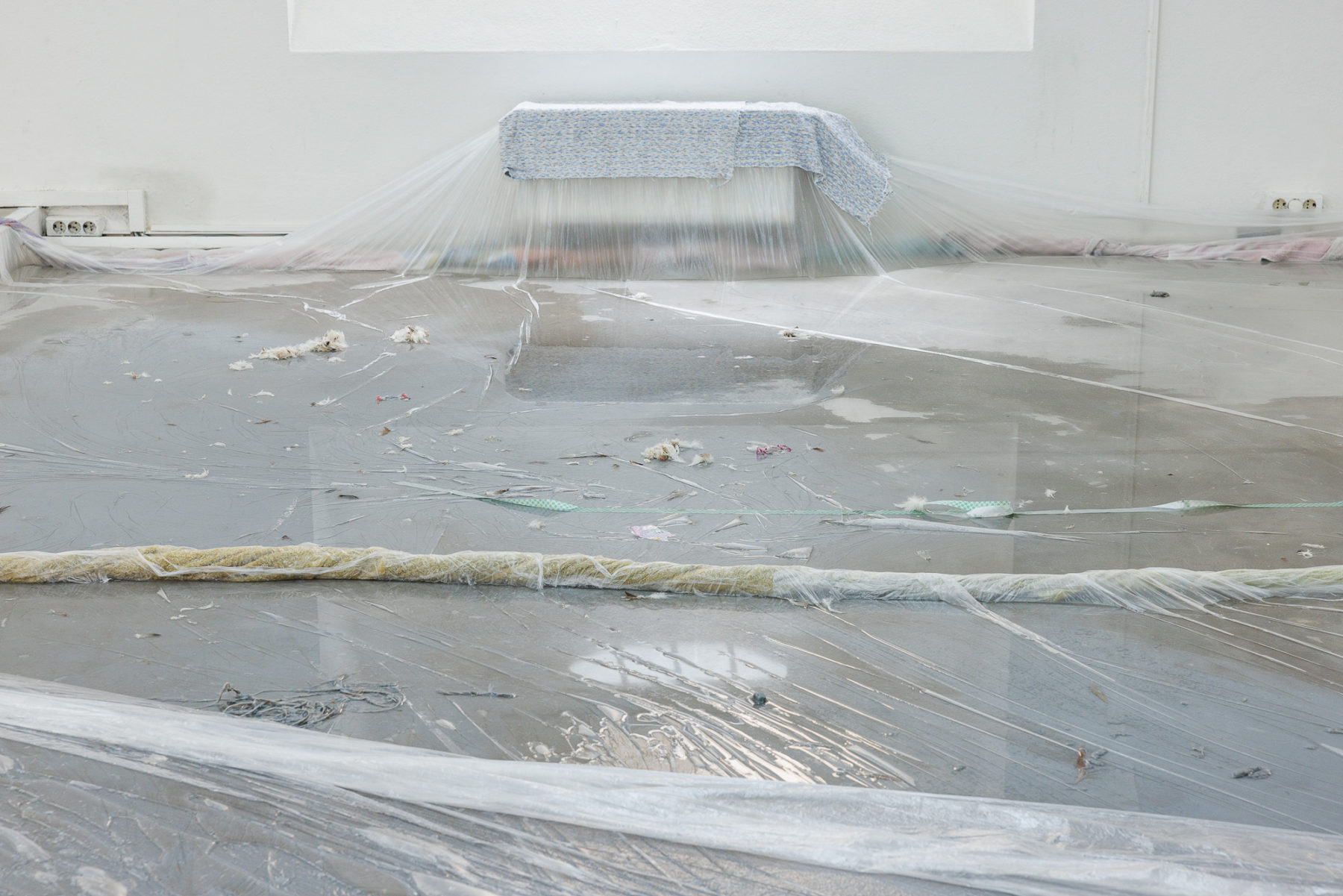
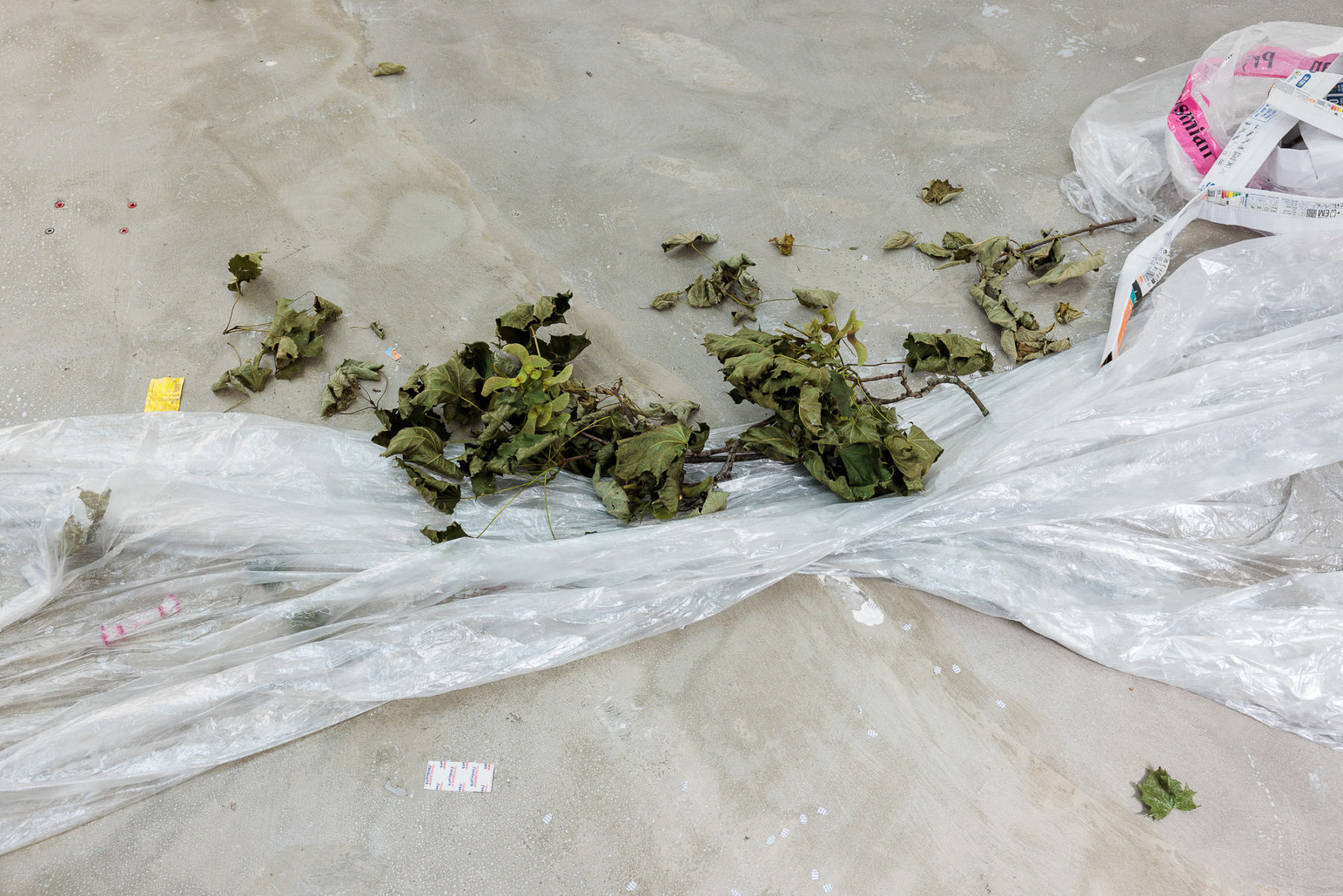
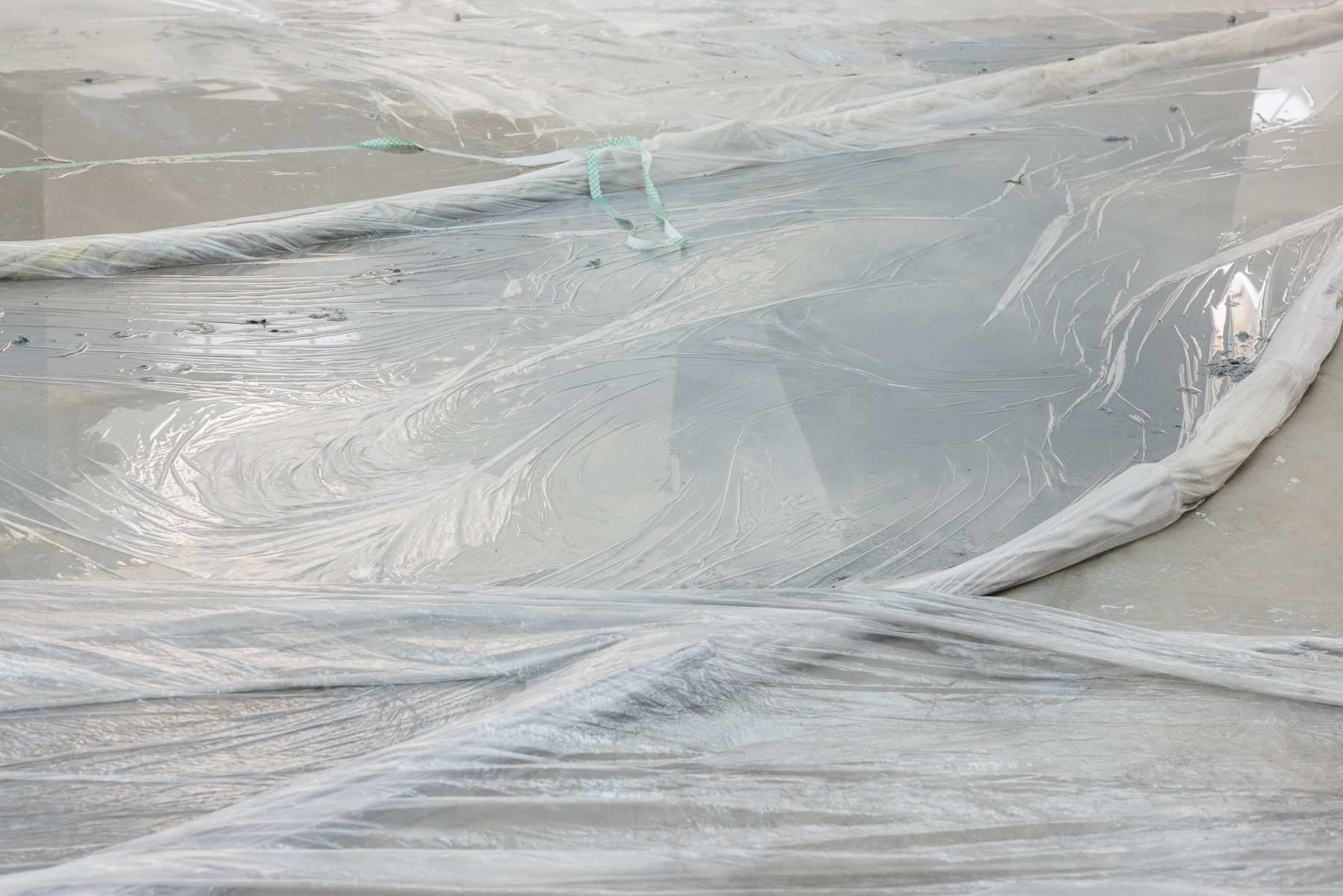
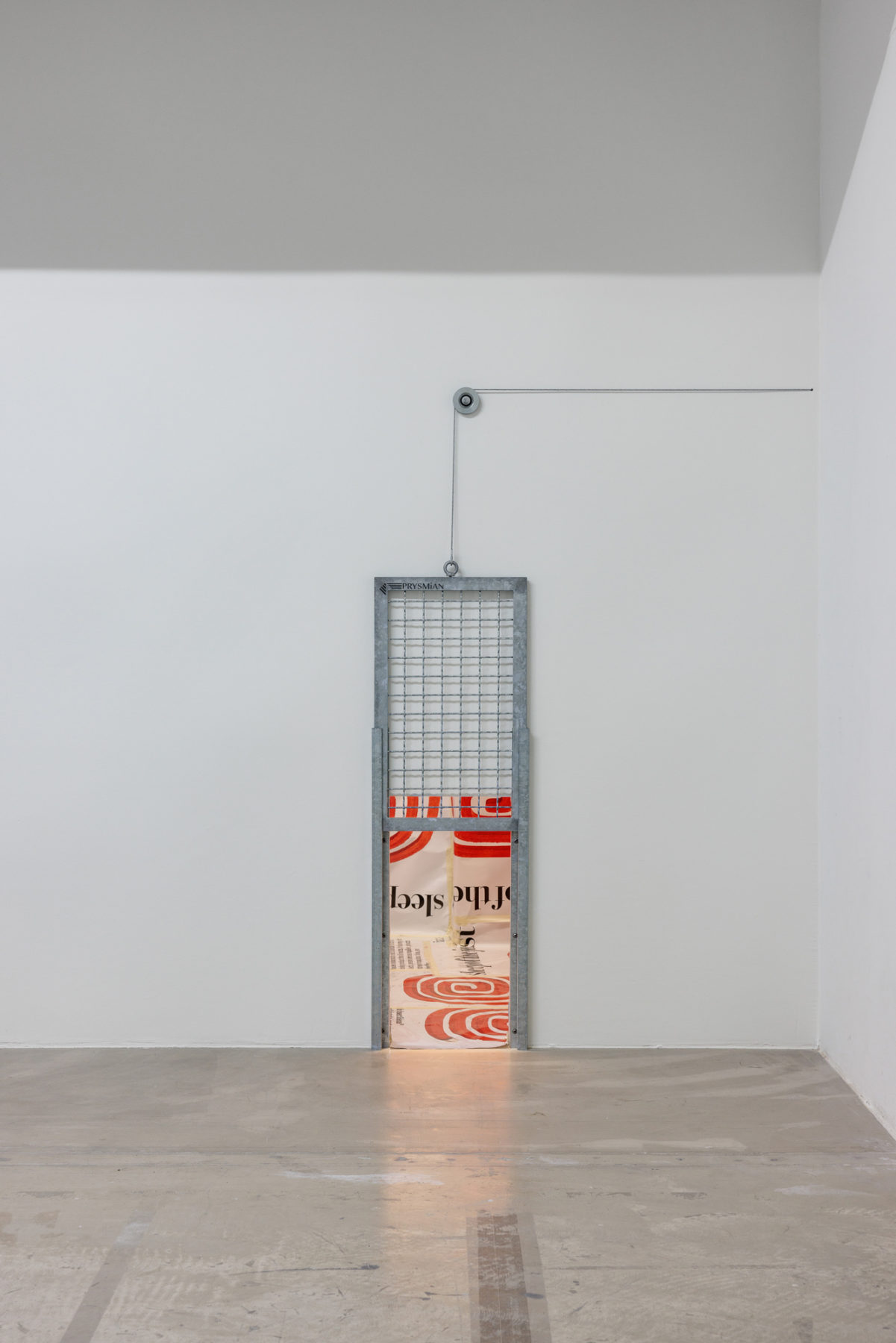
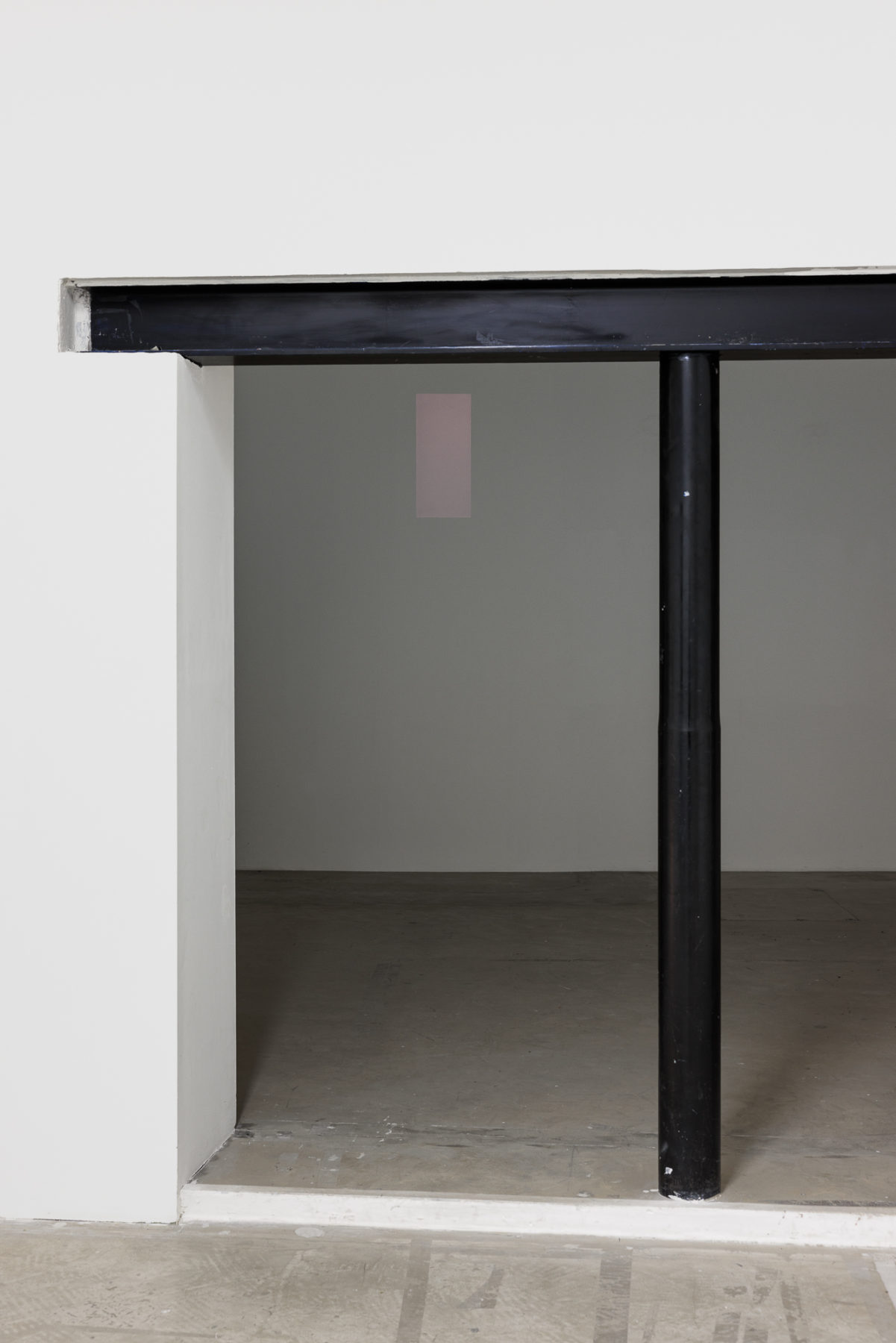
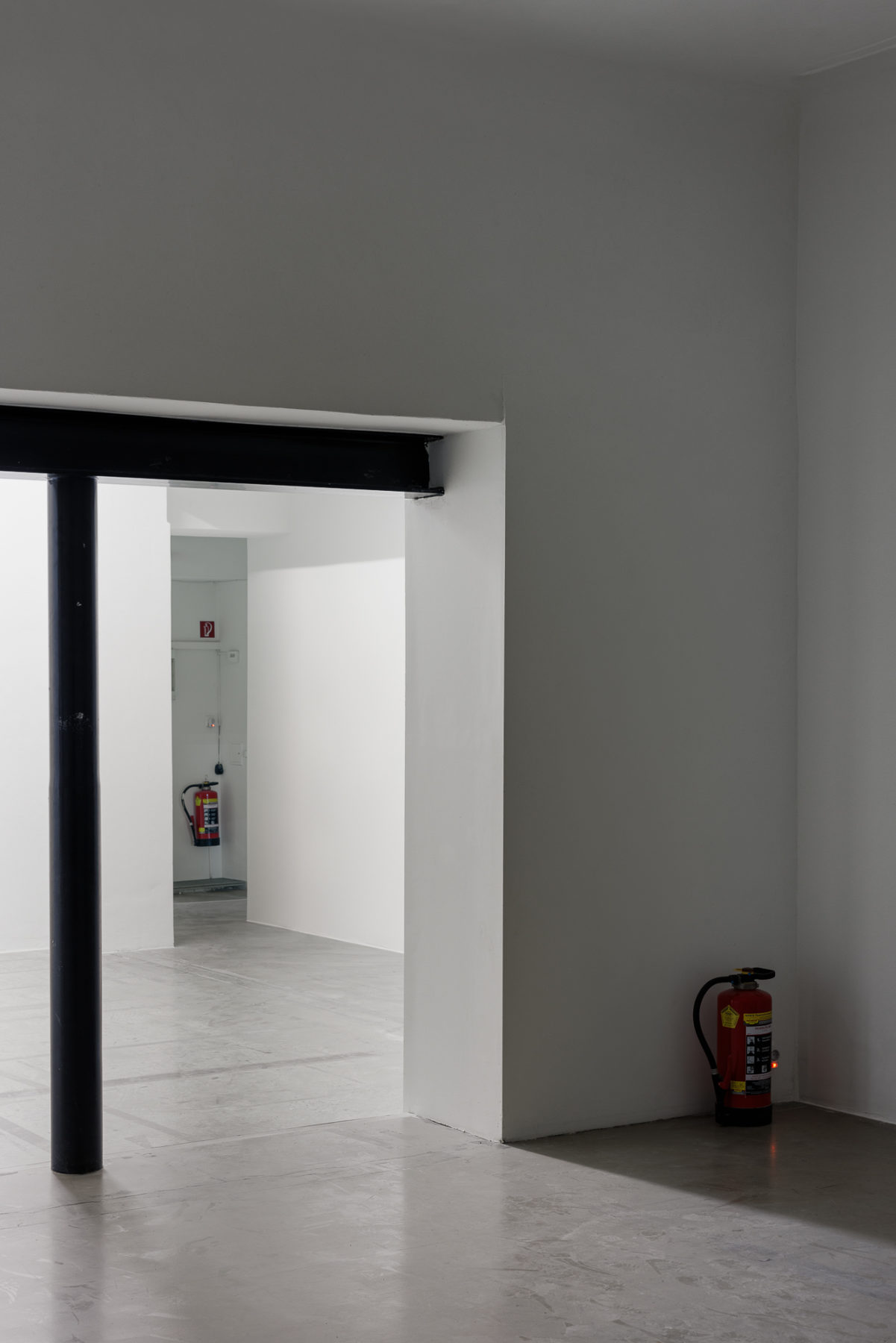
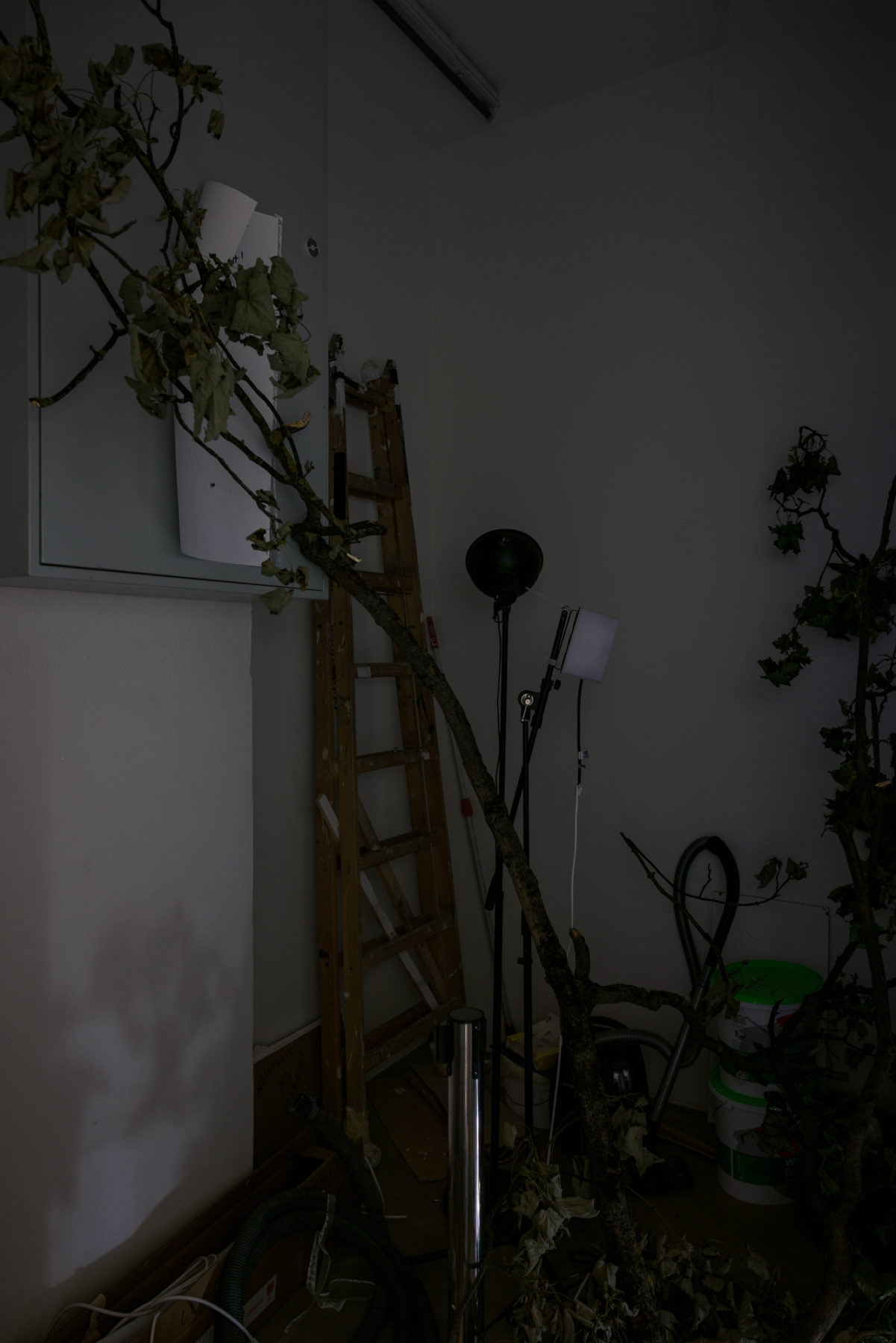
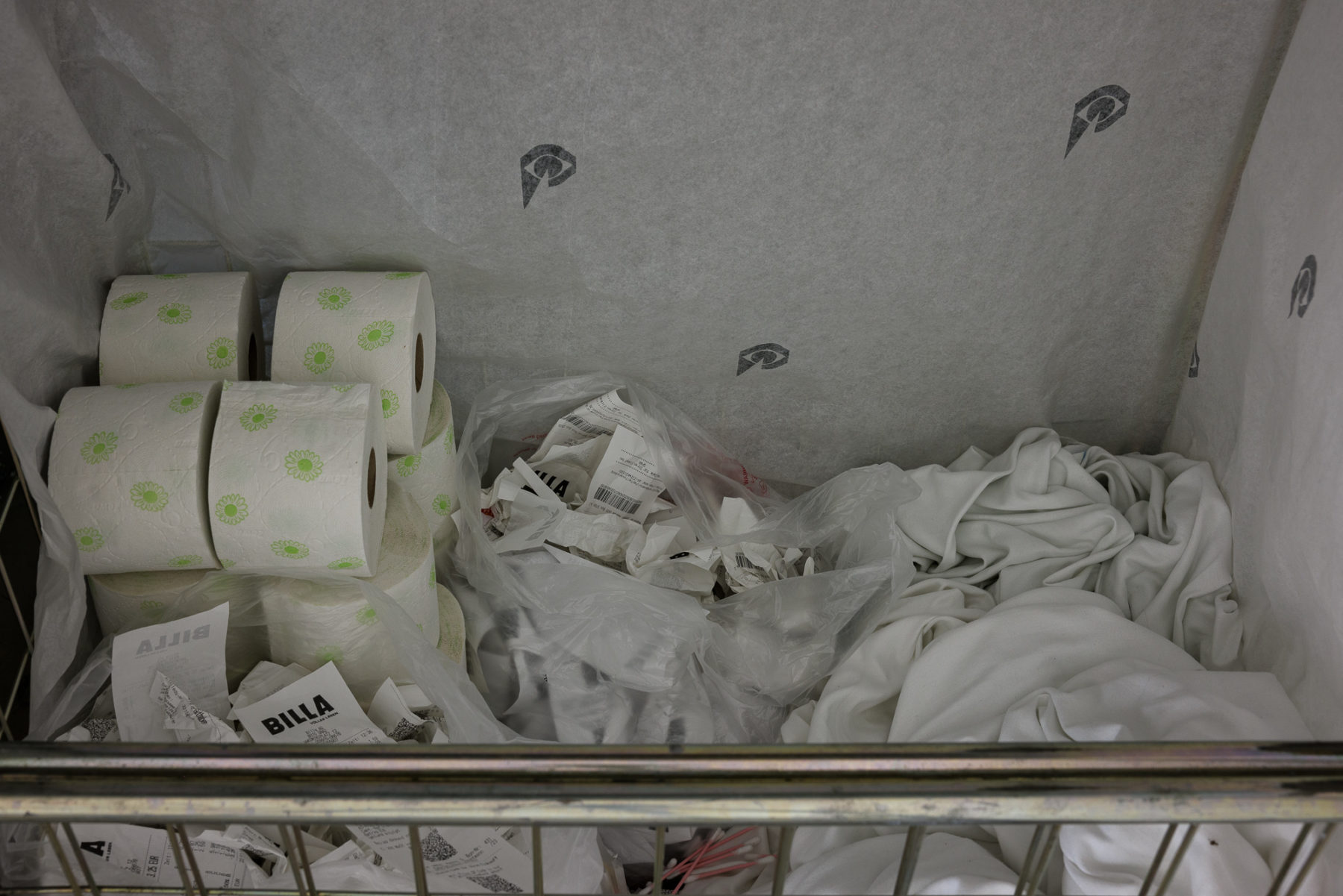
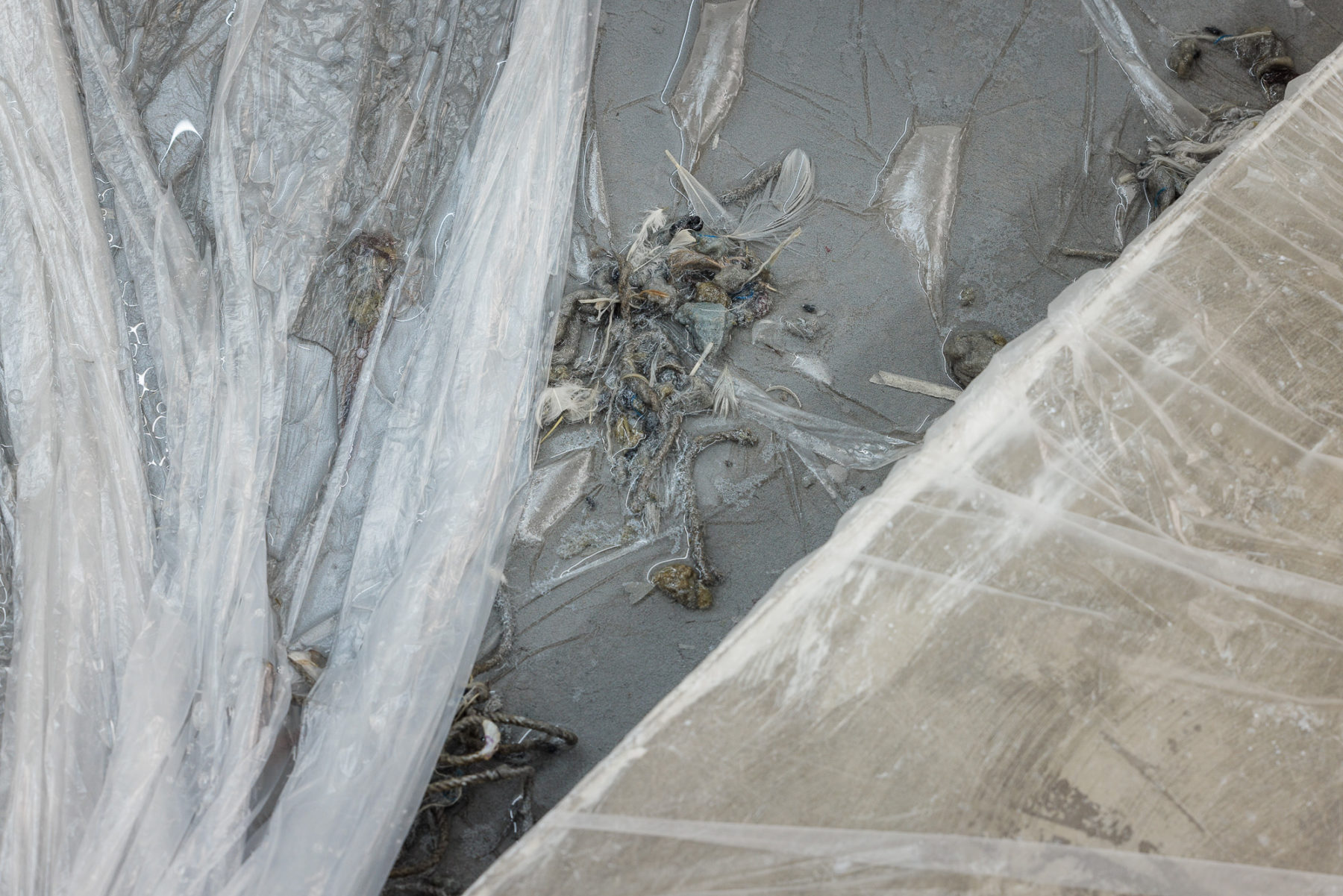
Curtis Cuffie’s New York City is an exhibition of photographs on the public art of Curtis Cuffie.
Curtis Cuffie was a public figure in the East Village until his death, in 2002, at the age of forty-seven. By the time of his passing, Cuffie had published hundreds, perhaps thousands, of mysterious, improbable artworks on the streets of New York. To do so, he would fish the city’s leftovers and dress it in riotous assemblages made of discarded objects, fabrics, and ordinary things that speak of what we are. Such works had little by way of finish: things came and went, materials were adjusted and altered, and pieces were regularly destroyed by the Department of Sanitation and the police. Little of it survived. Consequently, viewing Cuffie’s sculpture today typically involves a second-hand encounter, filtered through the perspectives of those who photographed it, be they friends or lovers, fellow artists, or unknown passersby.
Curtis Cuffie’s New York City presents the art of Curtis Cuffie as it was photographed by Katy Abel, Tom Warren, and Cuffie himself. Comprising some seven hundred photographs from the 1990s, the exhibition is brought to life through a number of analogue slide projectors, presenting three distinct registers of imagery: Abel’s use of vibrant colors, Warren’s stark, almost reportorial black and white pictures, and Cuffie’s own dynamic, abstract, and sometimes shattered photographic compositions. These pictures, emerging and fading from view, generate a palpable sense of movement and transience in keeping with the nature of Cuffie’s art and the city it found itself in.
Curtis Cuffie’s New York City is accompanied by a publication of the same name, featuring a selection of Cuffie’s color and black and white photographs, edited by Tom Engels and designed by Julie Peeters.
Curtis Cuffie’s New York City is curated by Tom Engels in collaboration with Robert Snowden. The exhibition is realized through the invaluable support of Carol Thompson, who maintains the Curtis Cuffie archive, alongside the generous contributions of Katy Abel and Tom Warren.
CURTIS CUFFIE (1955–2002) was an artist based in New York City’s East Village. Originally from Hartsville, South Carolina, he moved to Brooklyn at the age of fifteen and eventually settled in Manhattan, first near Bryant Park and later around the Bowery where he lived unhoused for long stretches of his life. Artforum, The New York Times, and The Village Voice all profiled and reviewed his work and he held solo exhibitions at Flamingo East, Tribes, and 4th Street Photo Gallery, all in New York. During his lifetime, Cuffie was featured in nearly a dozen group shows across the US at various venues including Exit Art, American Primitive, and the Jamaica Art Center in New York, as well as the American Visionary Art Museum in Baltimore. Cuffie was integral to a dynamic circle of artists and intellectuals, marking his place within New York’s black avant-garde. Recently, his work has been presented in exhibitions across New York City, including Souls Grown Diaspora (2020) at Apexart, curated by Sam Gordon; Greater New York (2021) at MoMA PS1, curated by Ruba Katrib; and Curtis Cuffie (2023) at Galerie Buchholz, curated by Scott Portnoy. Curtis Cuffie, a book edited by Scott Portnoy, Robert Snowden, and Ciarán Finlayson, and designed by Julie Peeters, was published by Blank Forms in 2023.
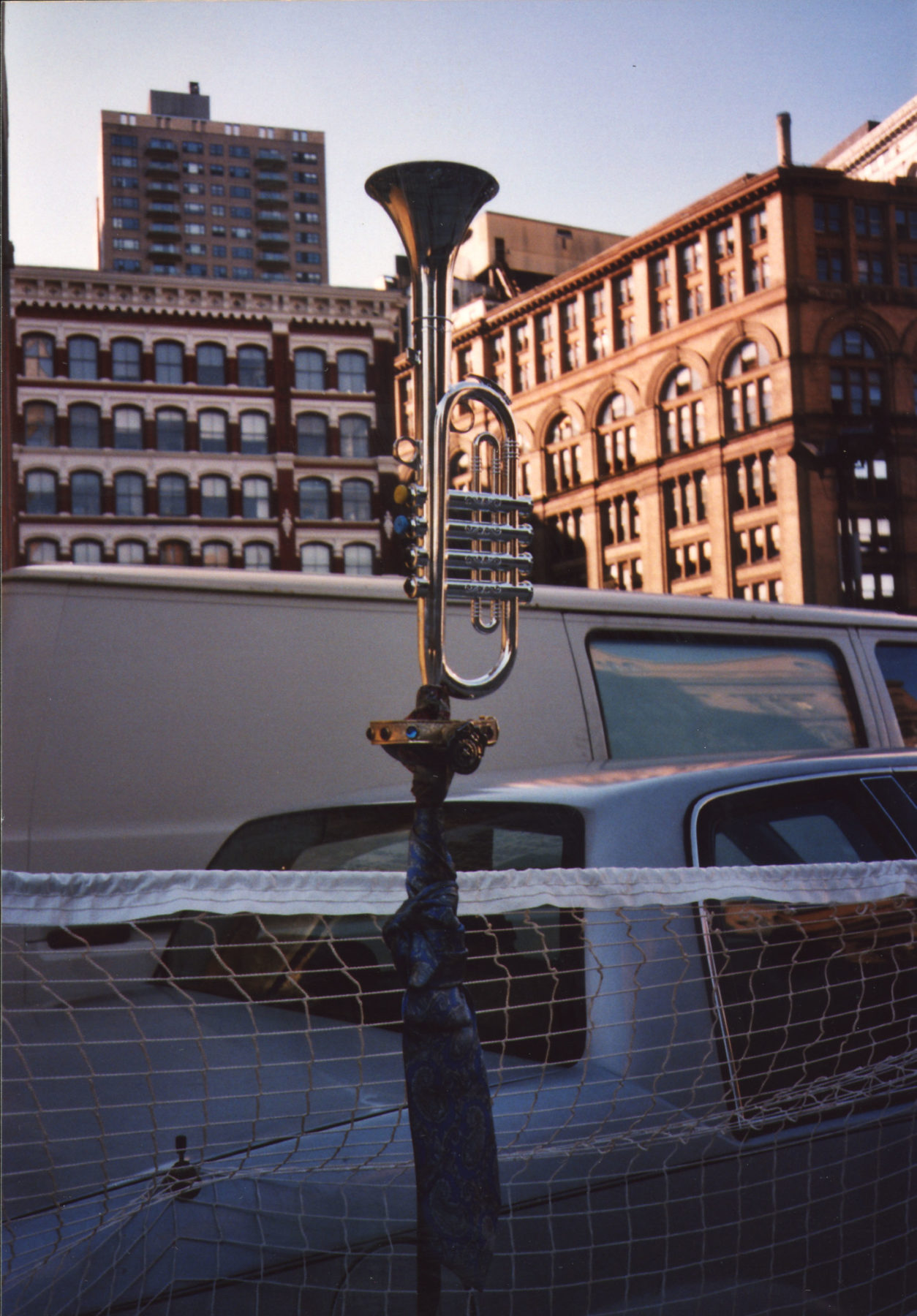
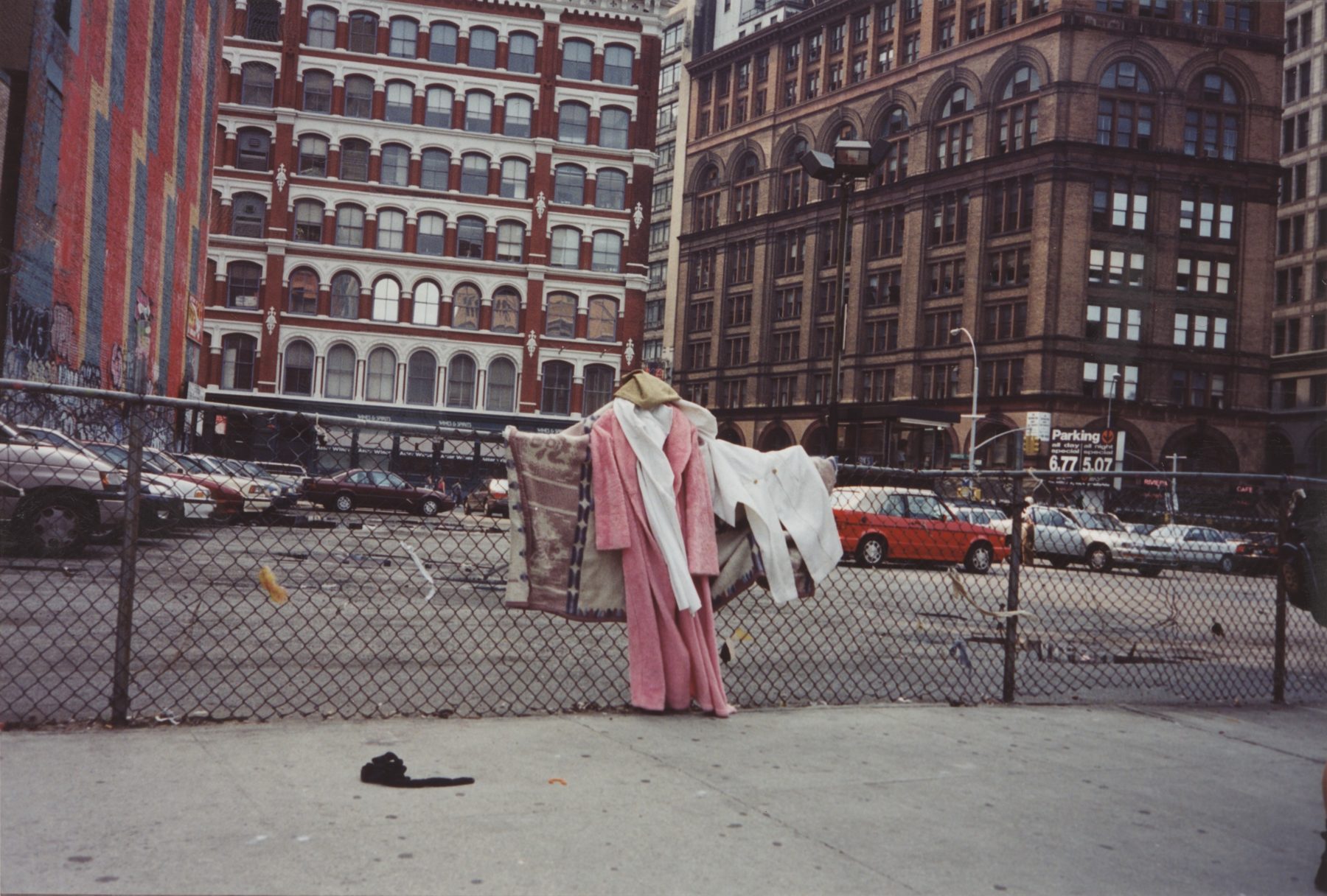
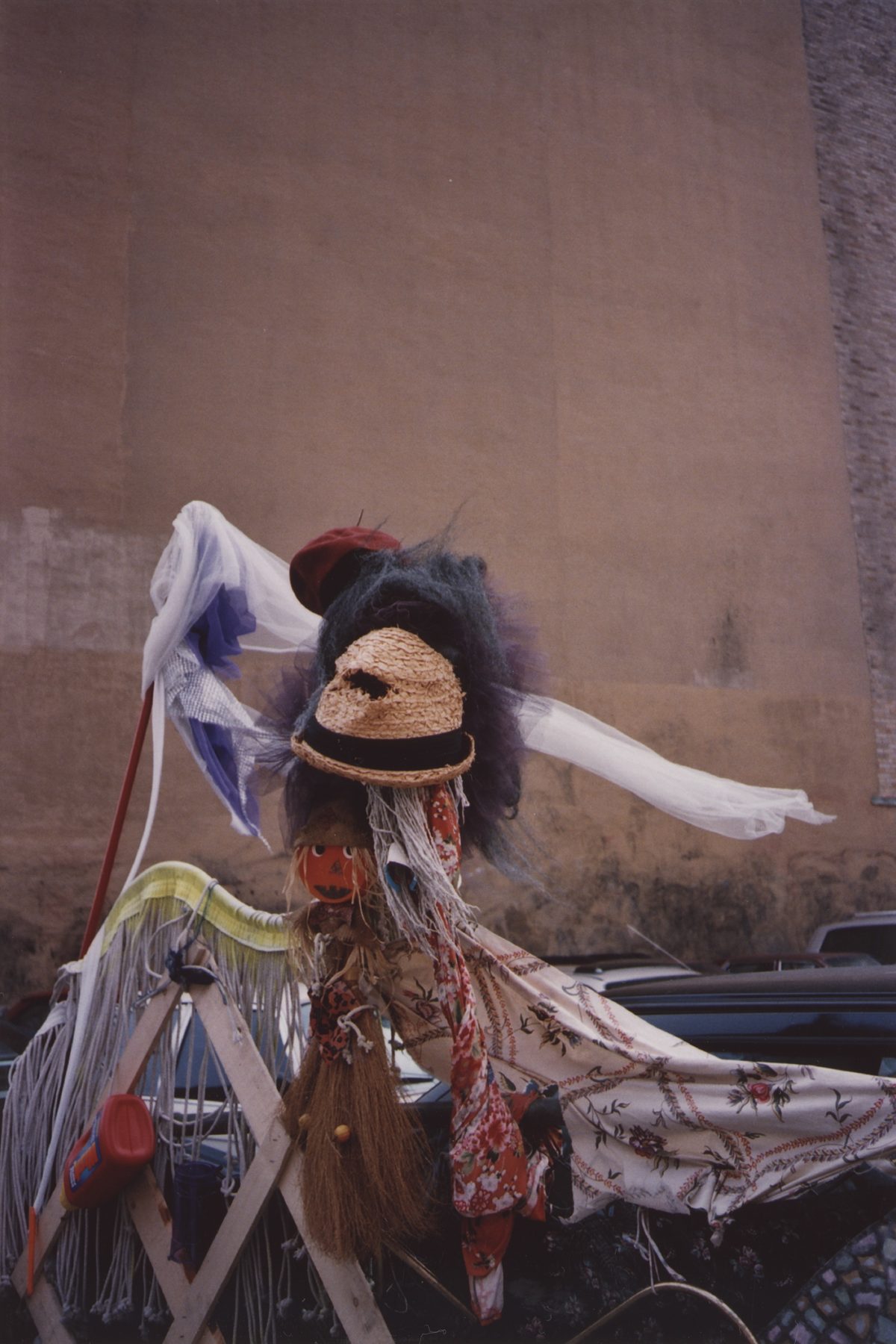
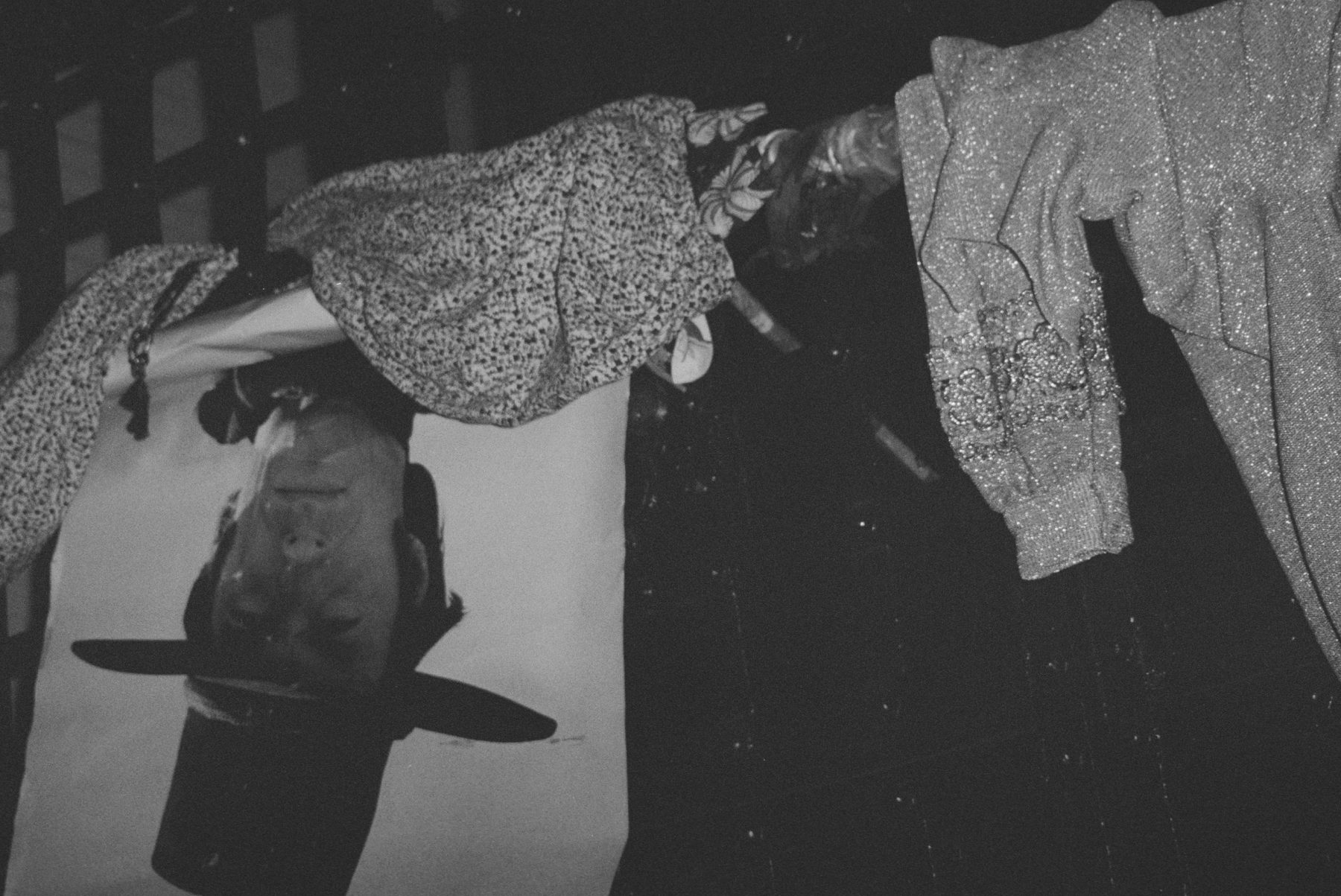
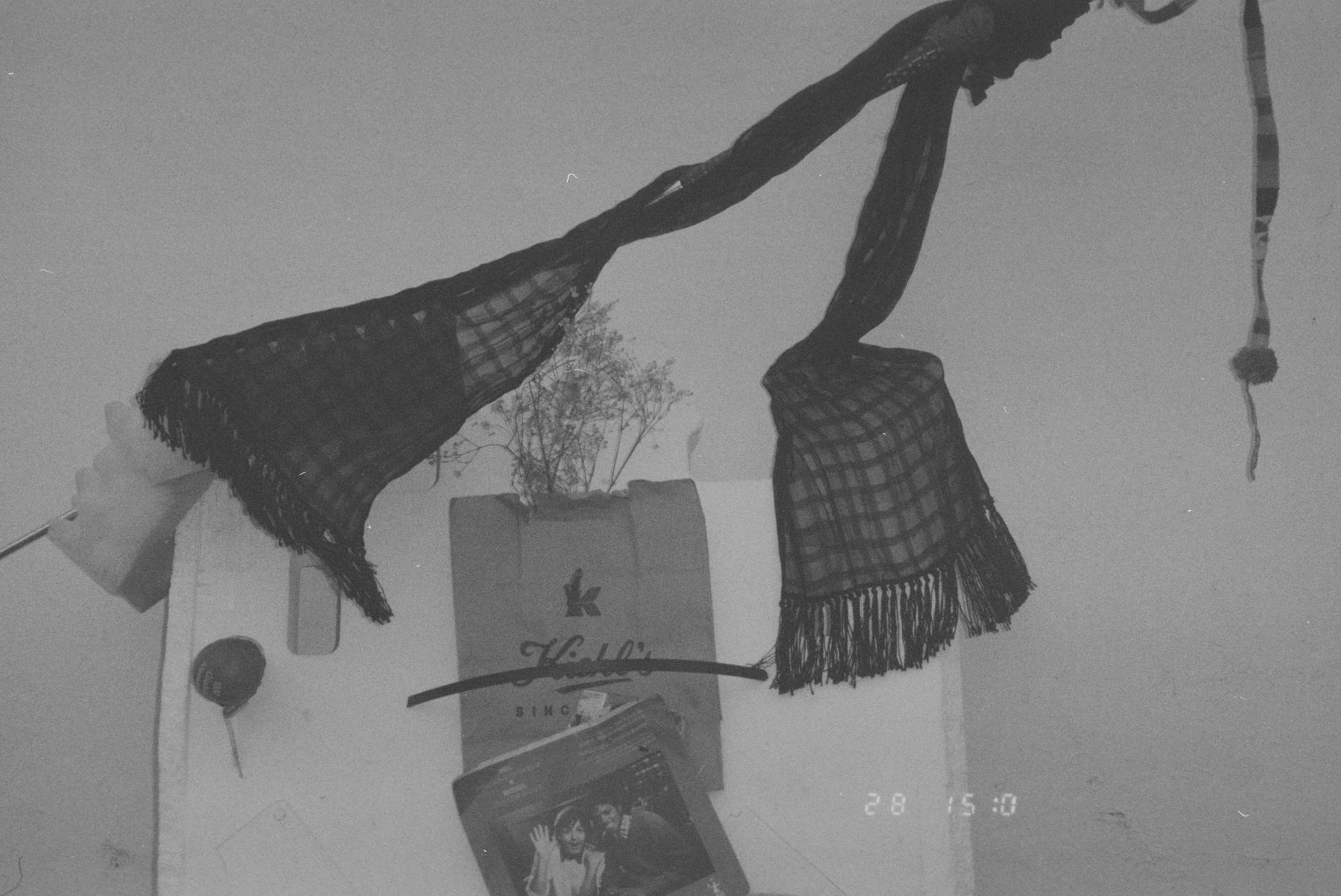
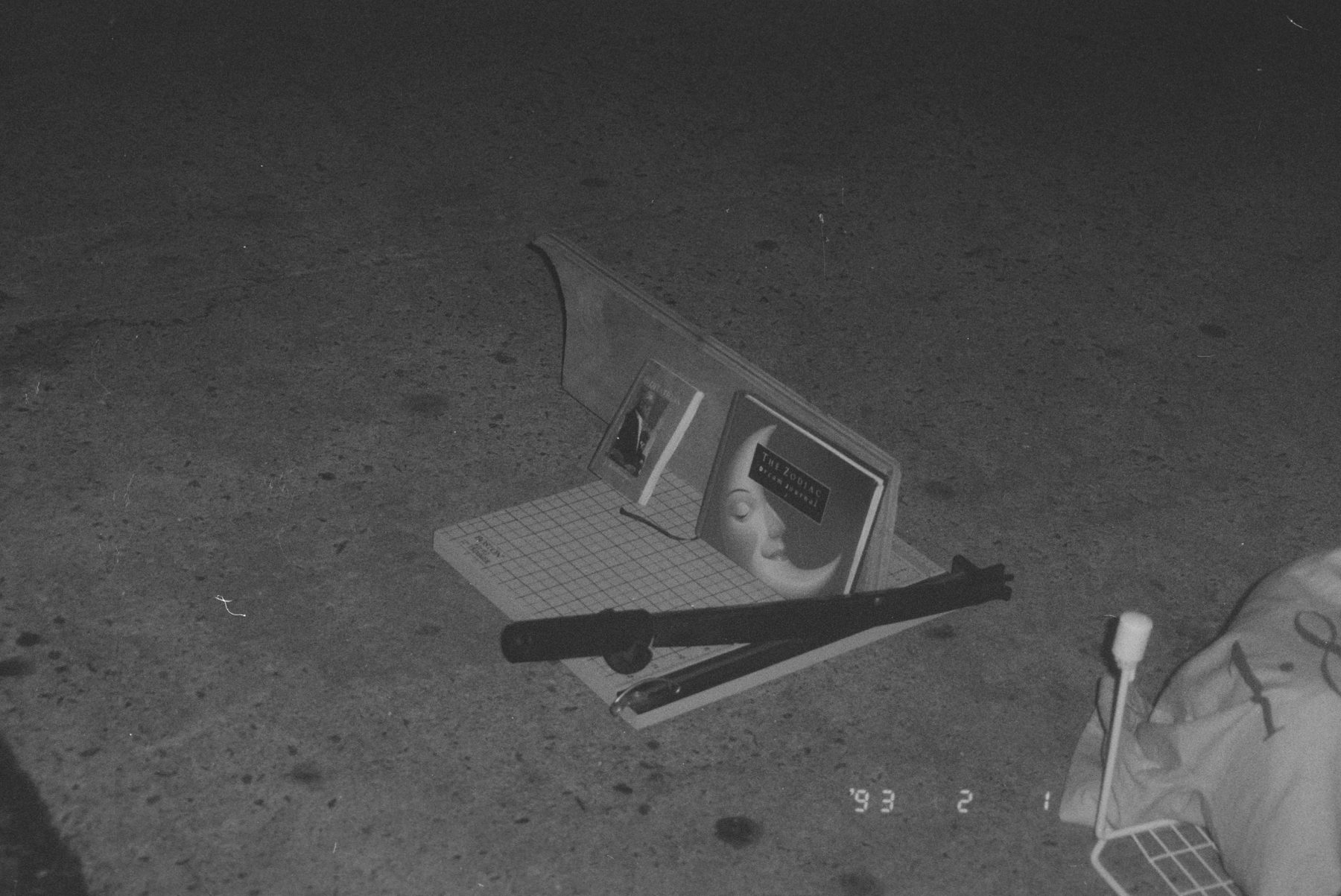
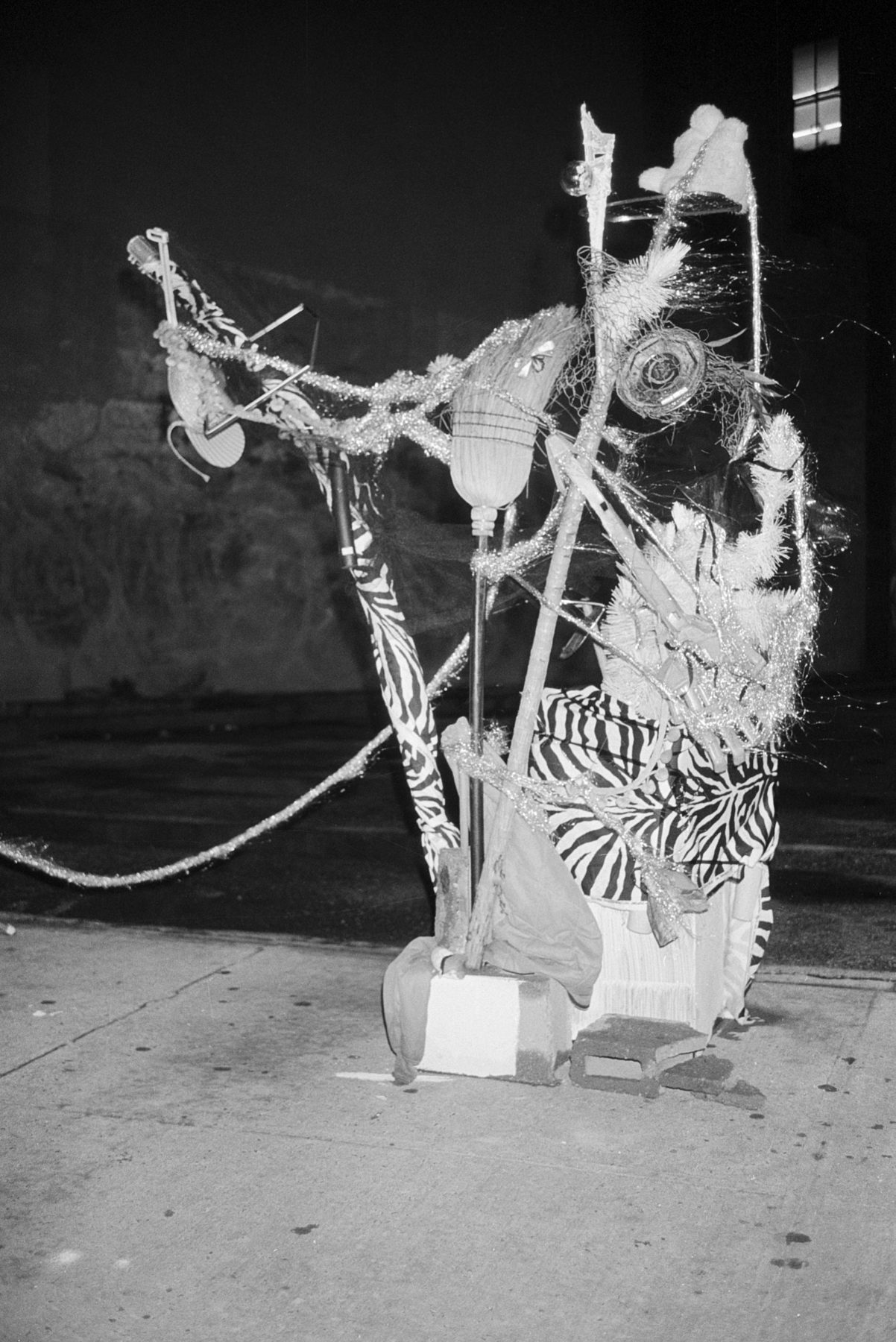
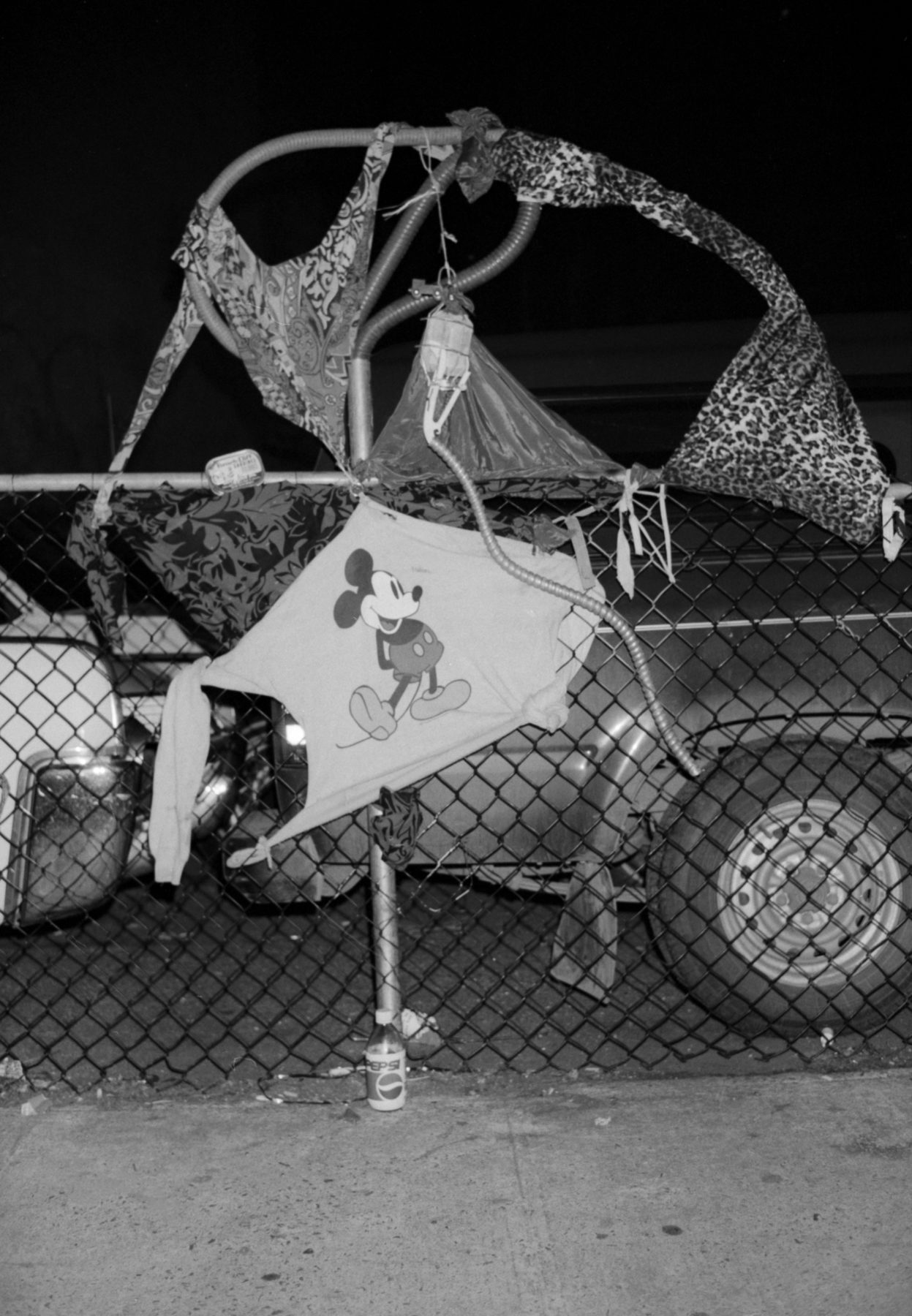
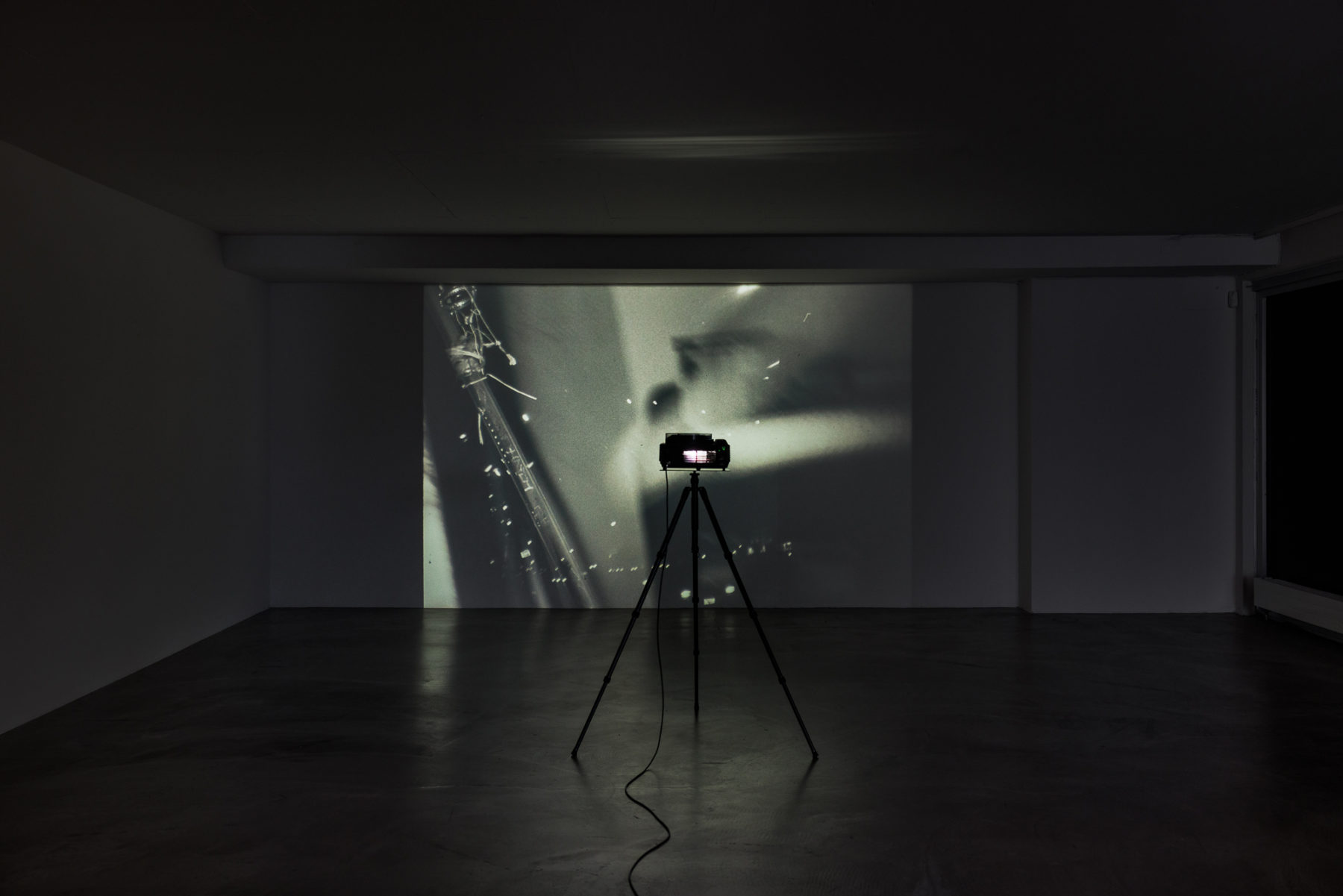
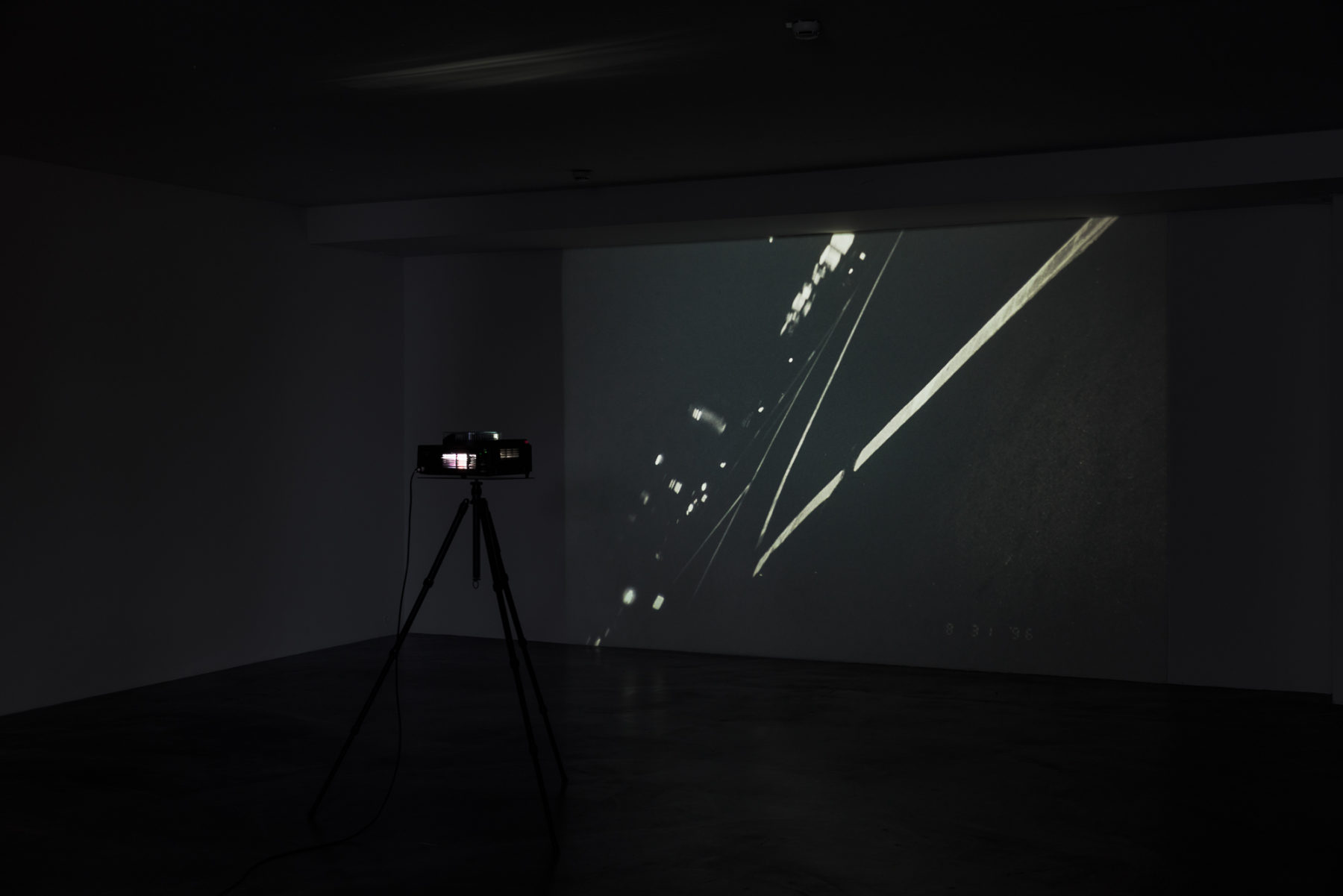
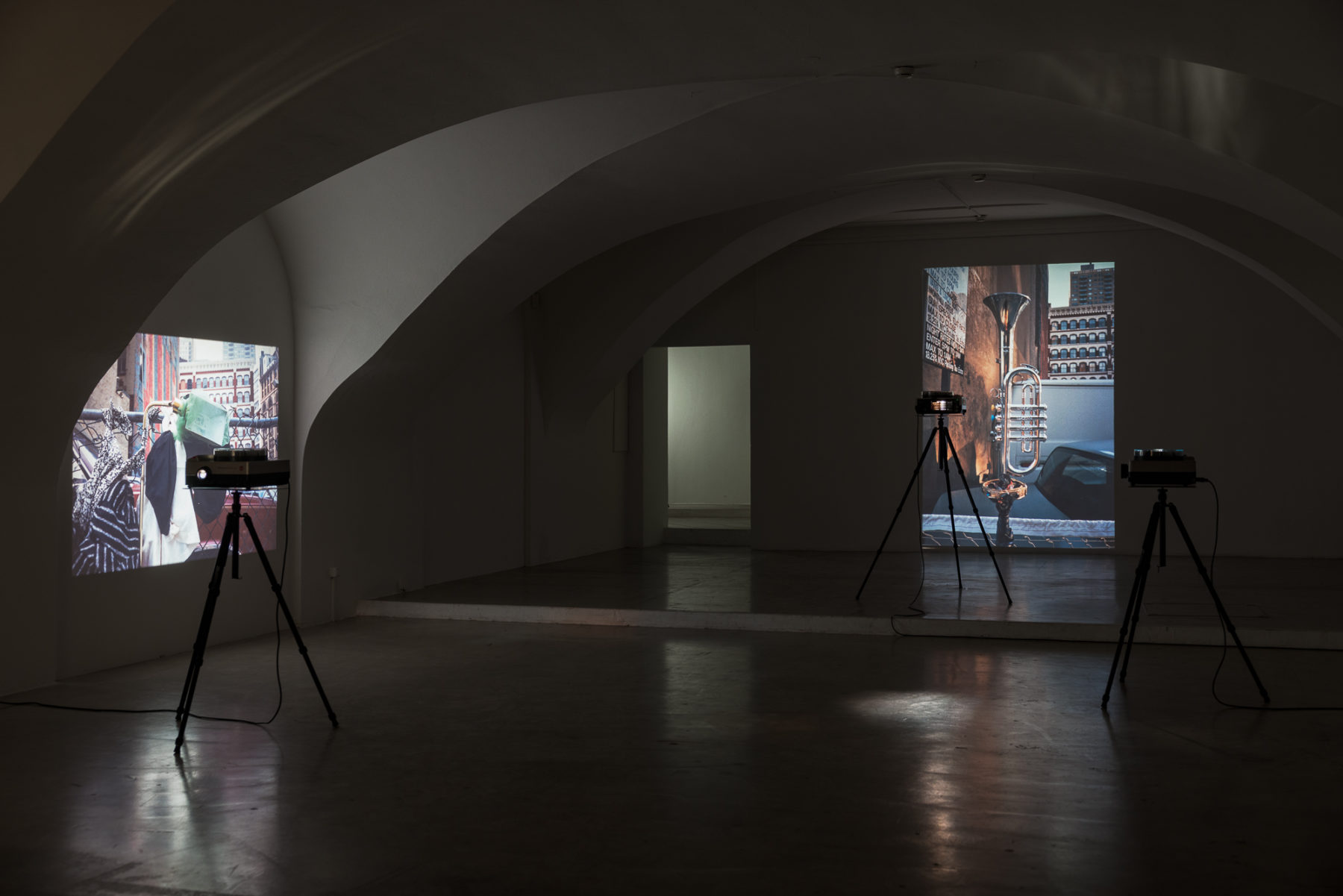
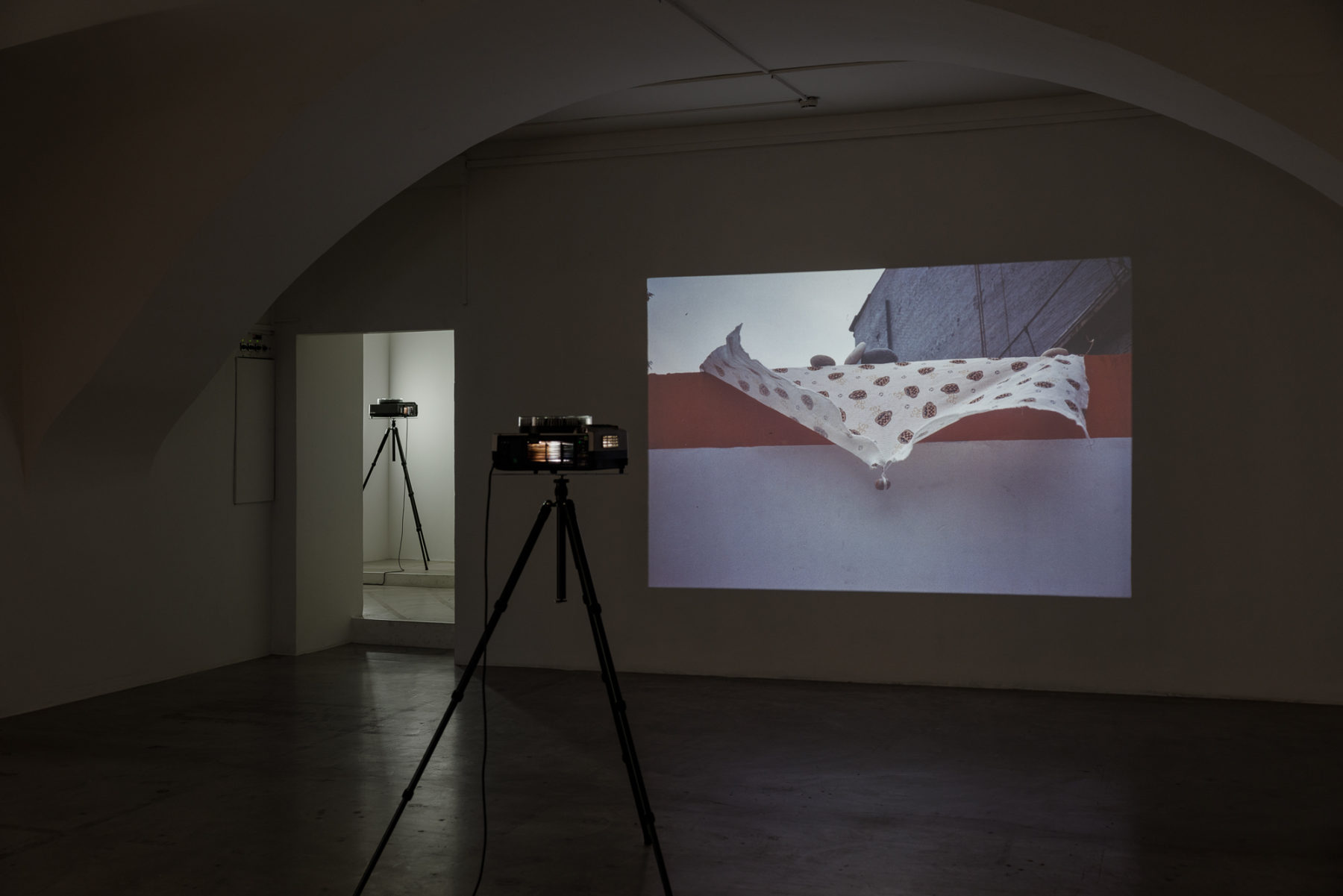
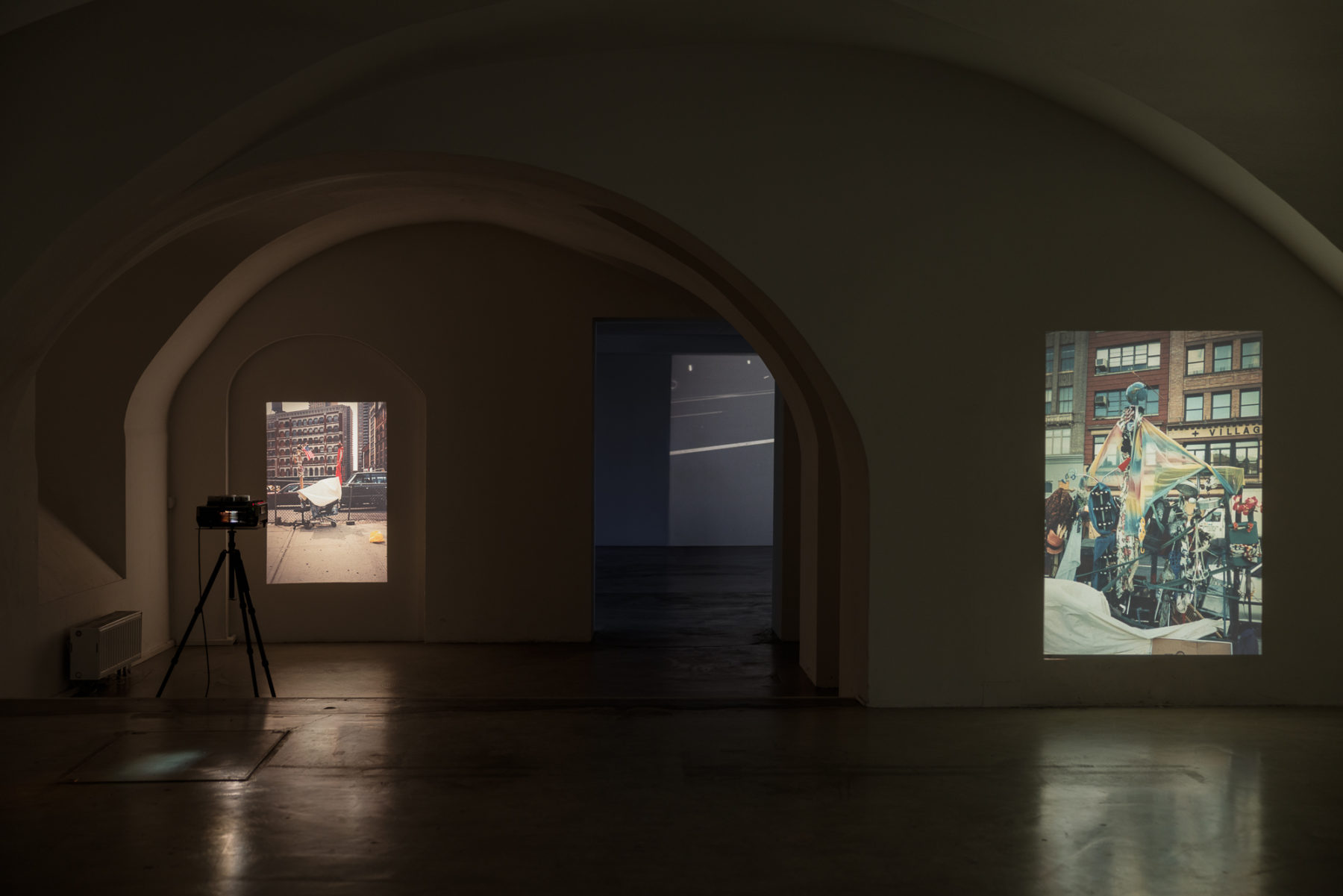
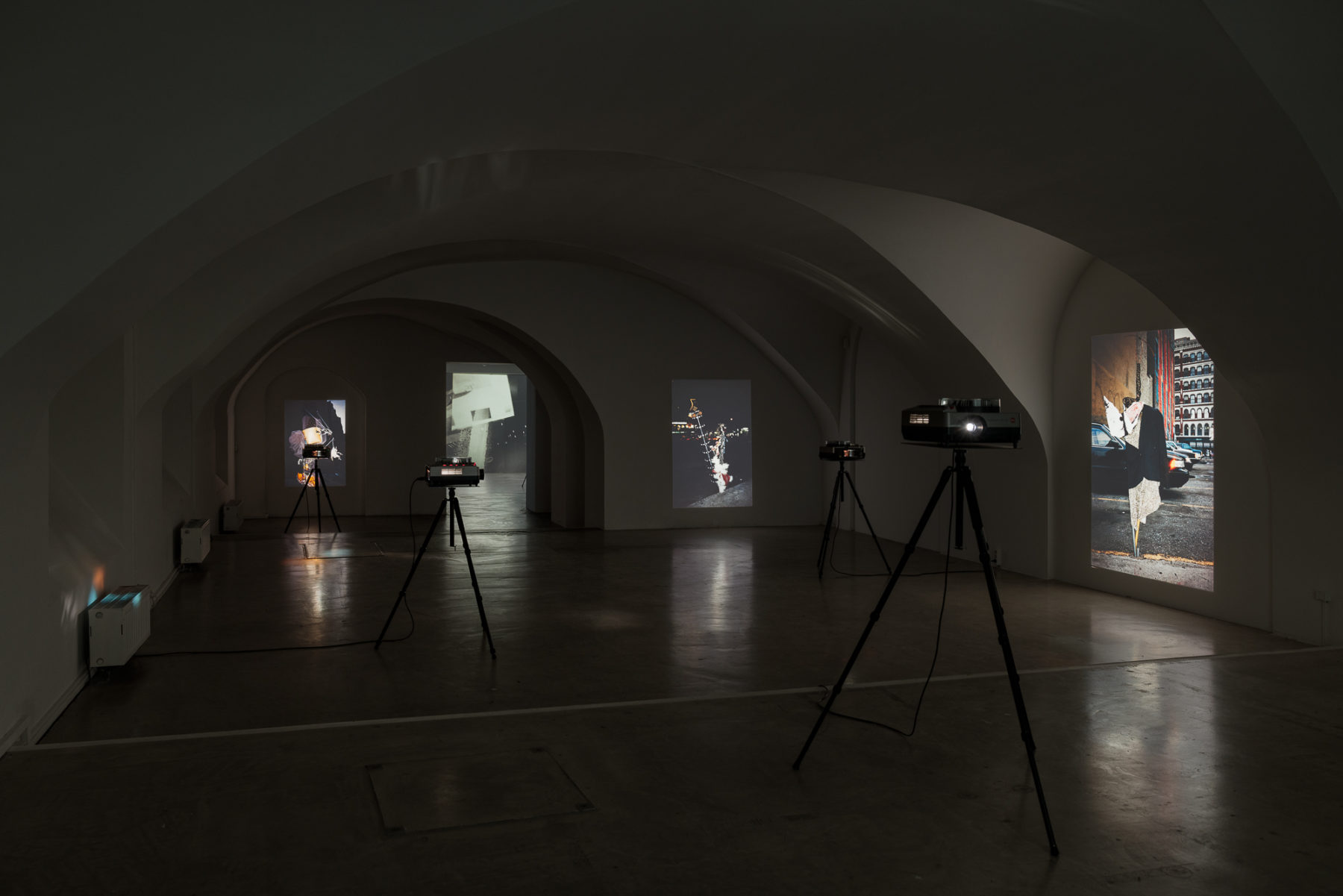
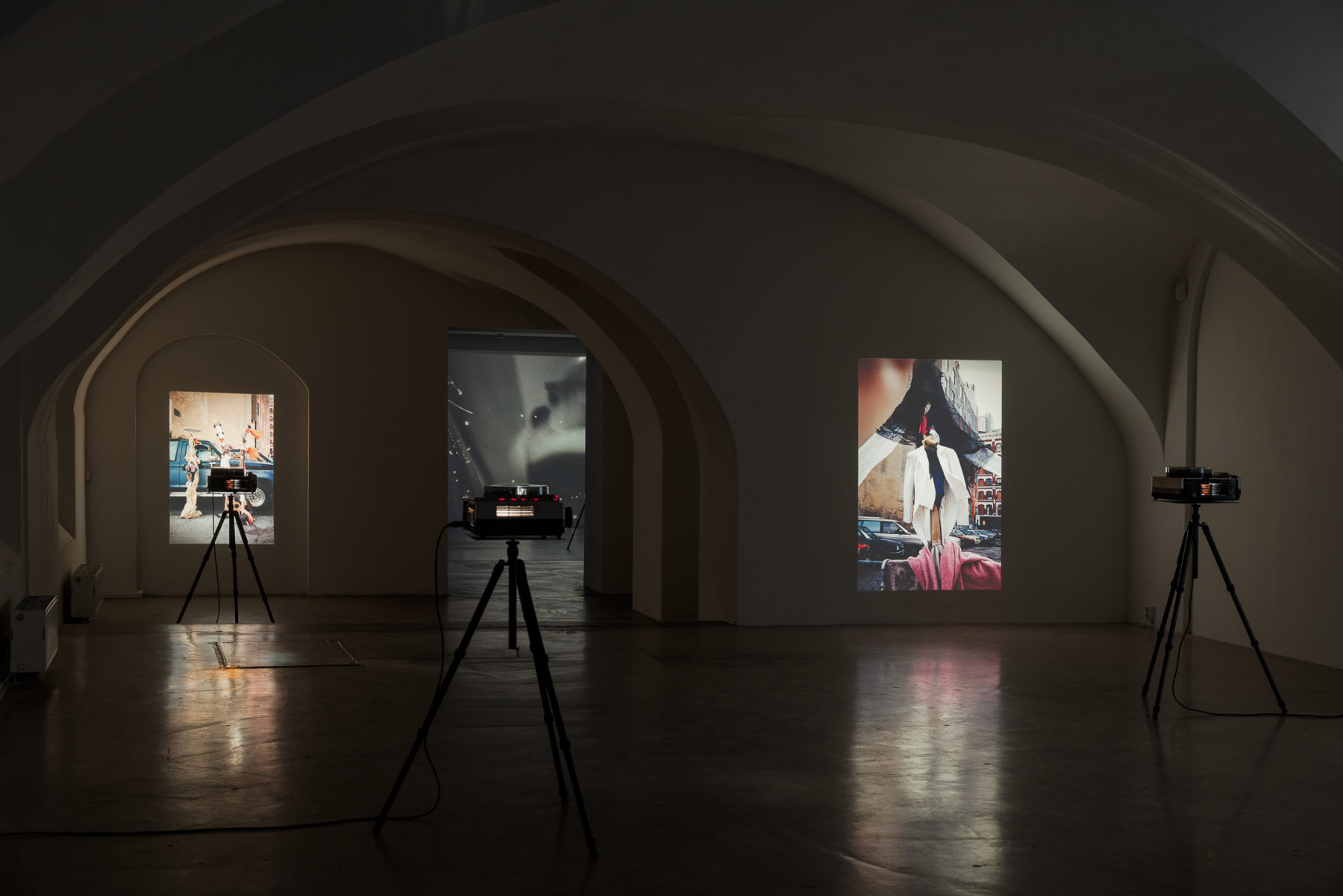

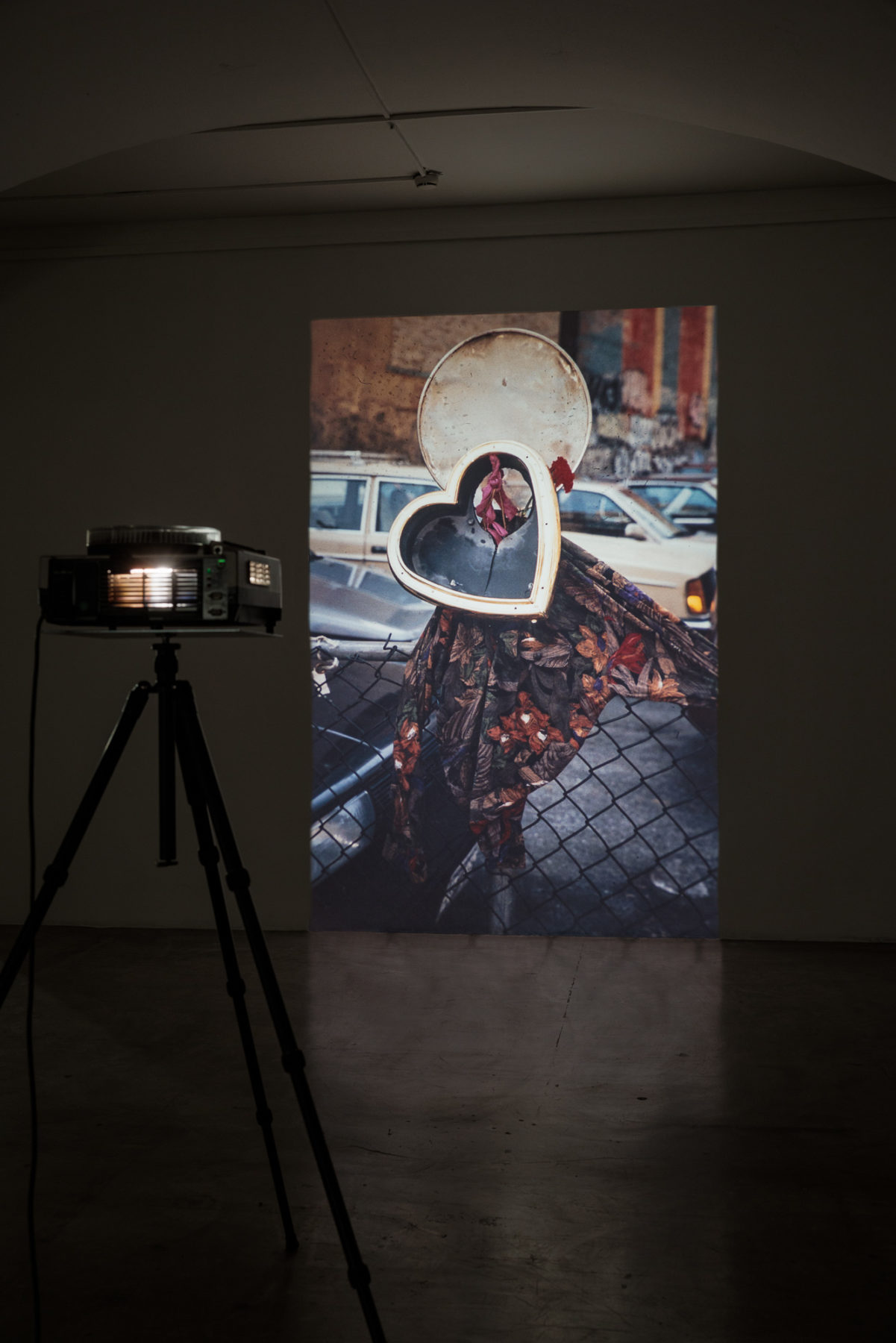


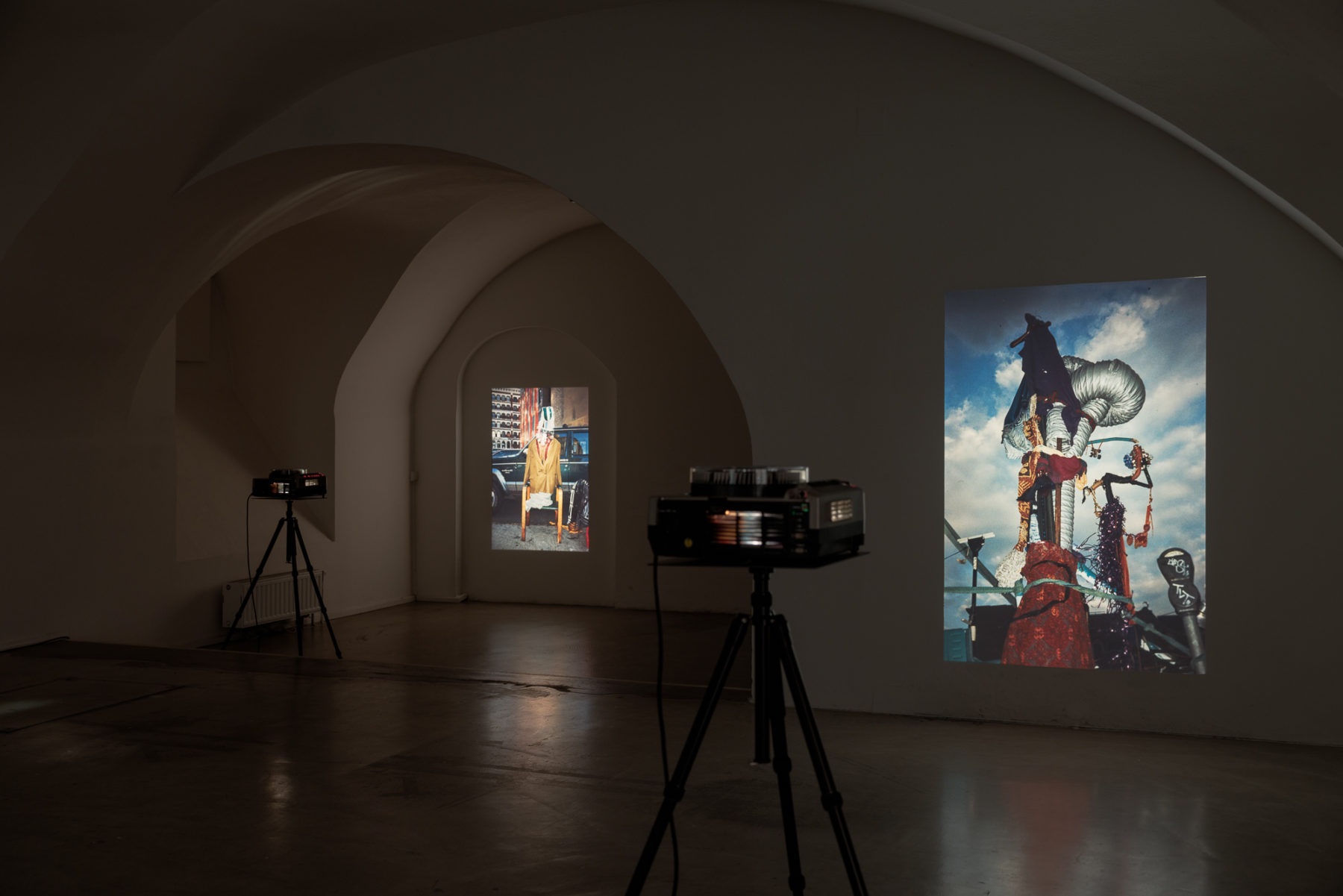
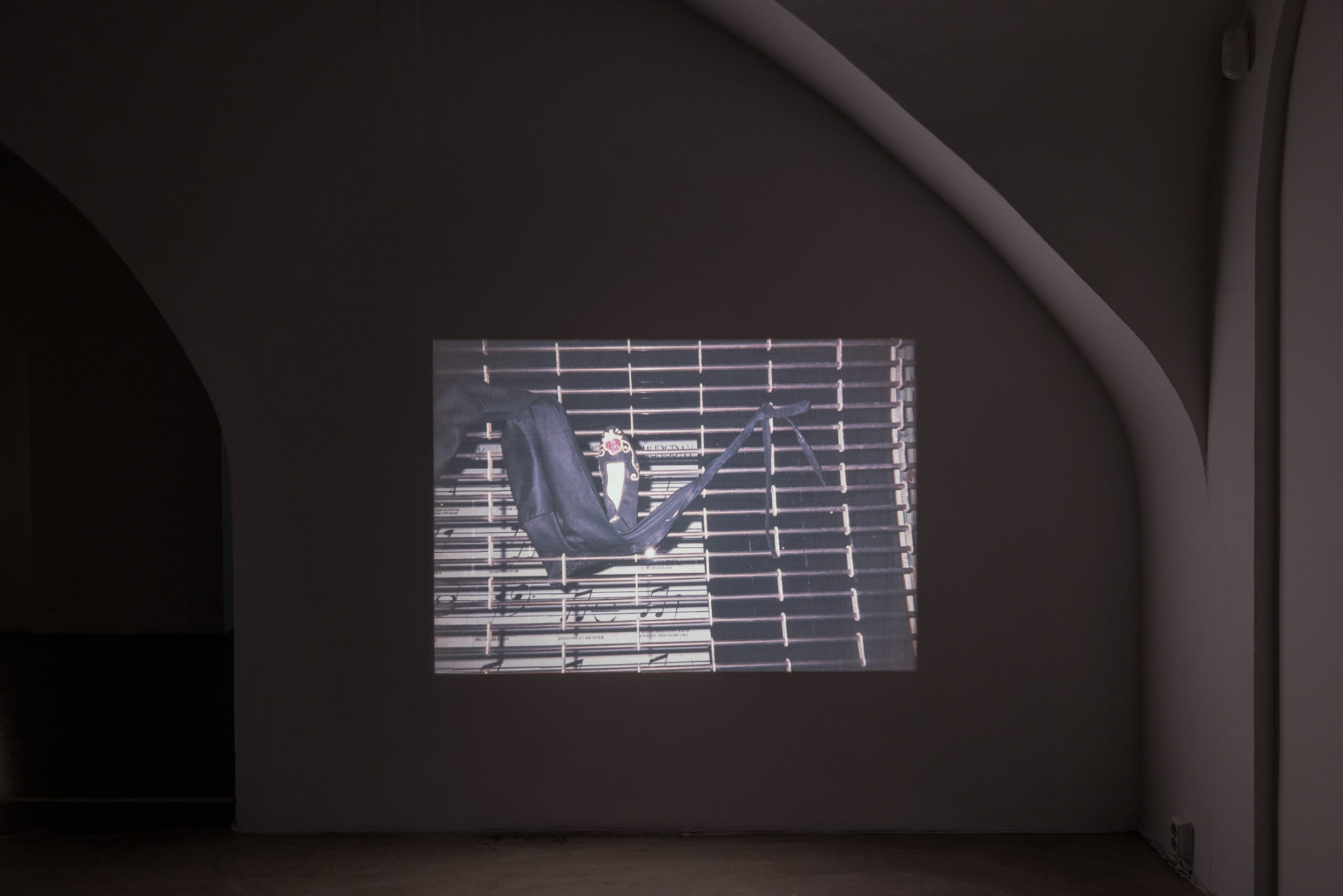
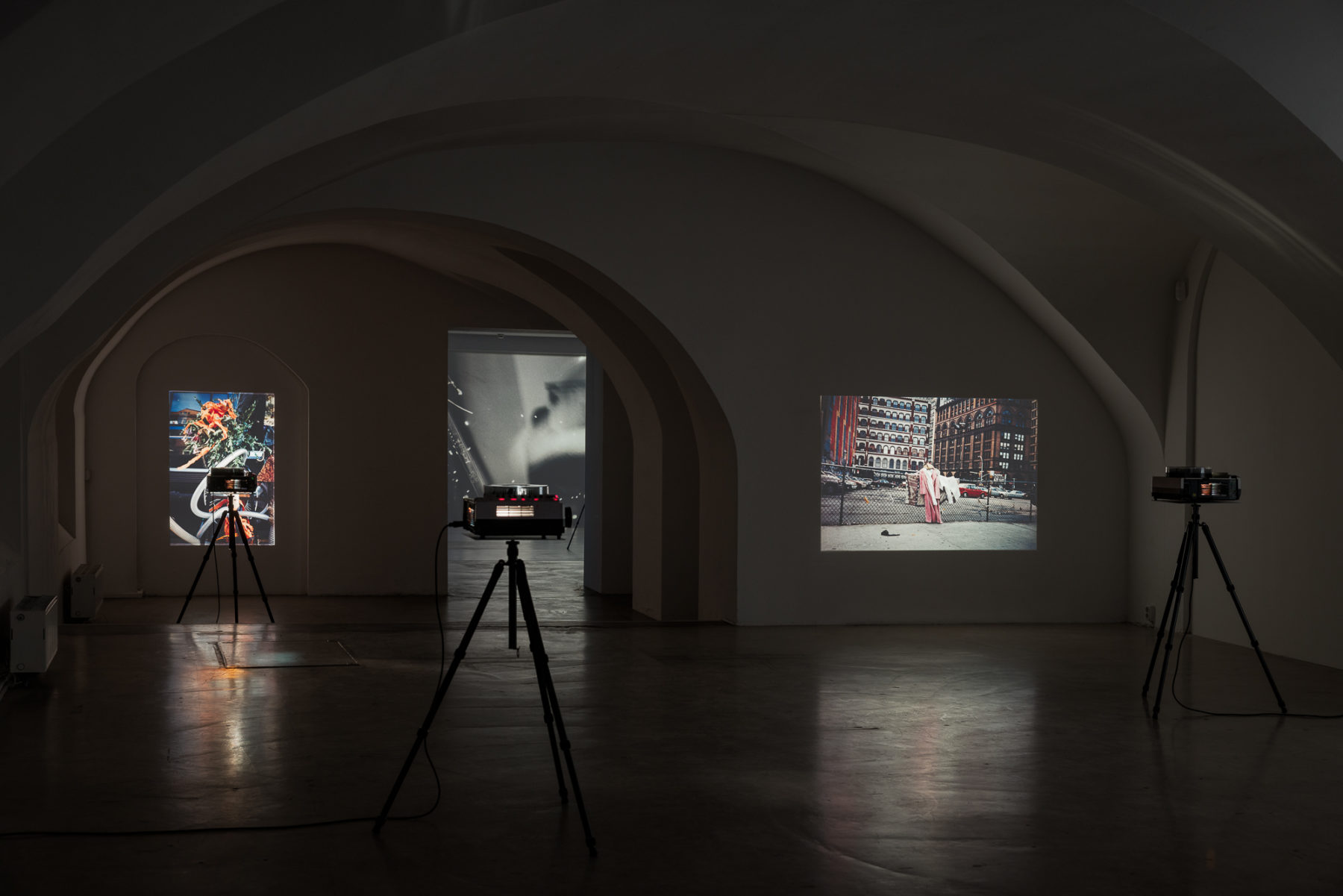
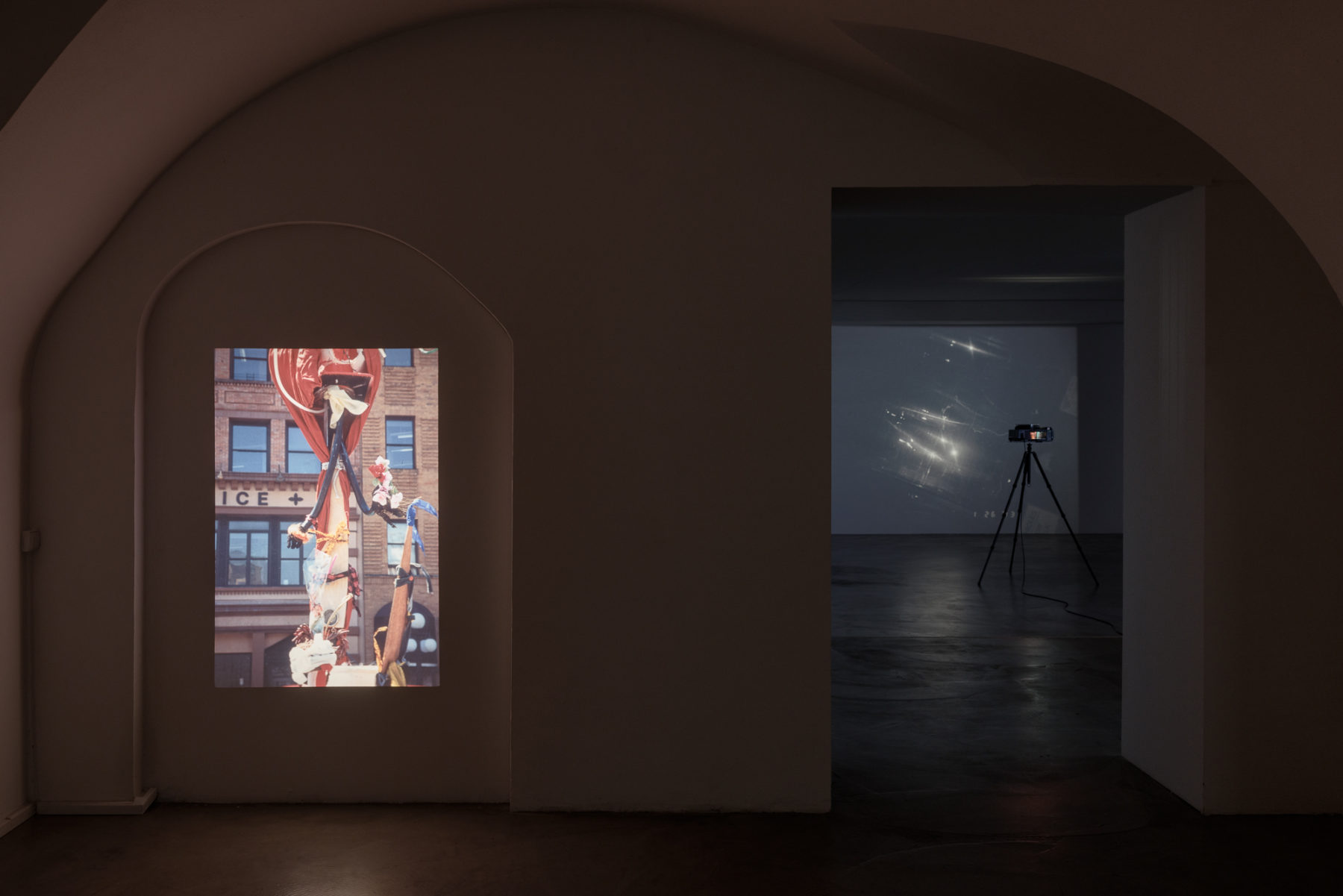
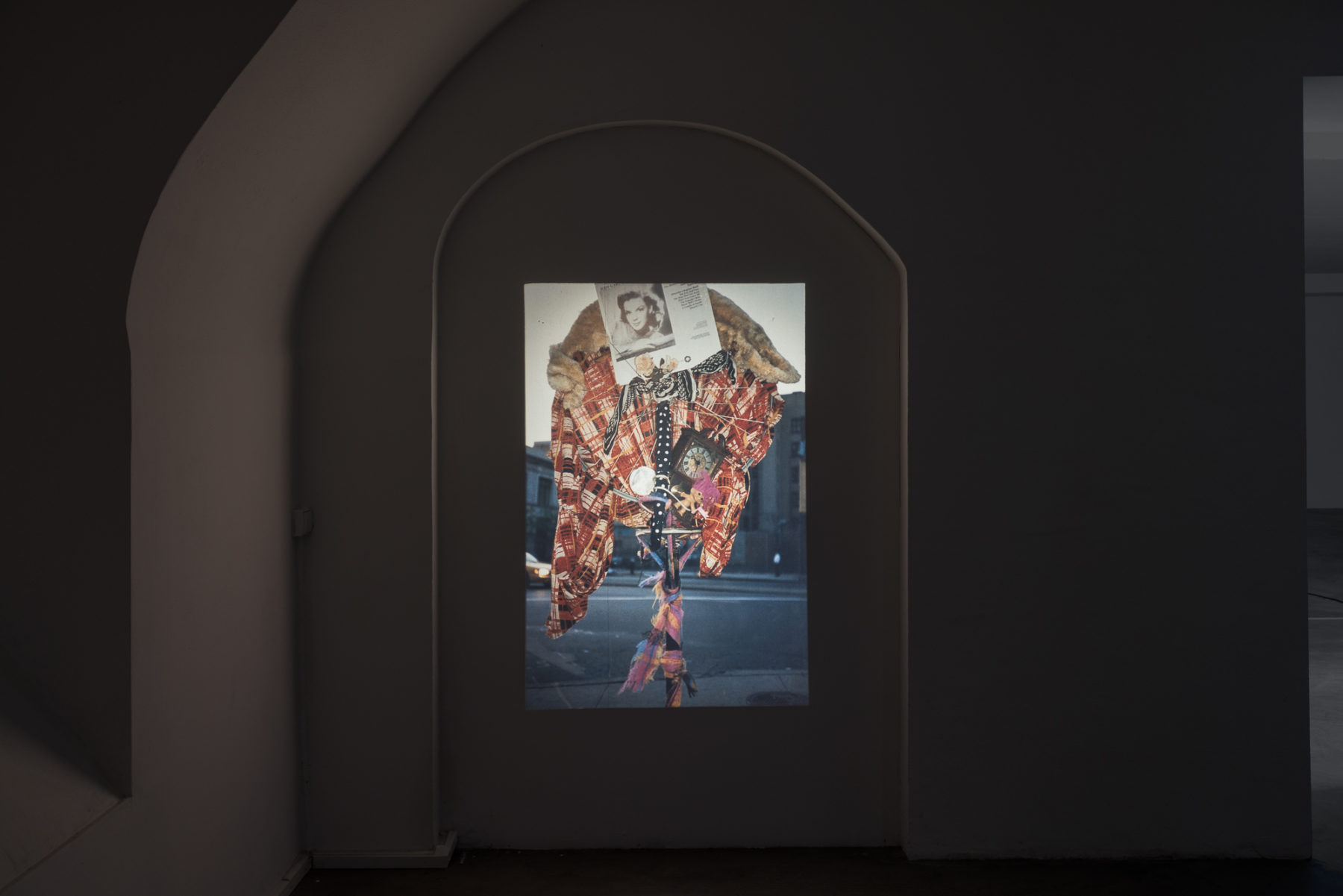
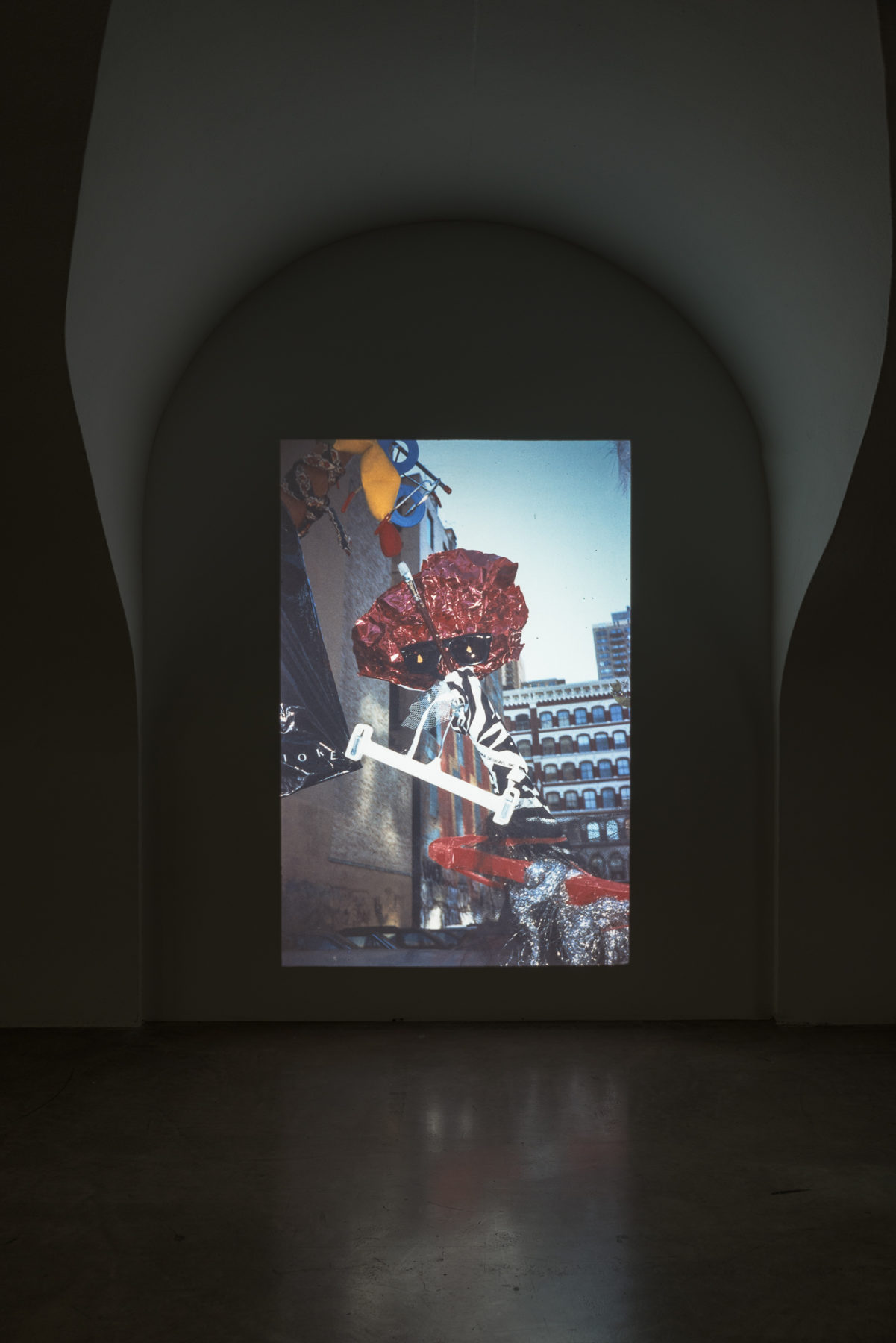
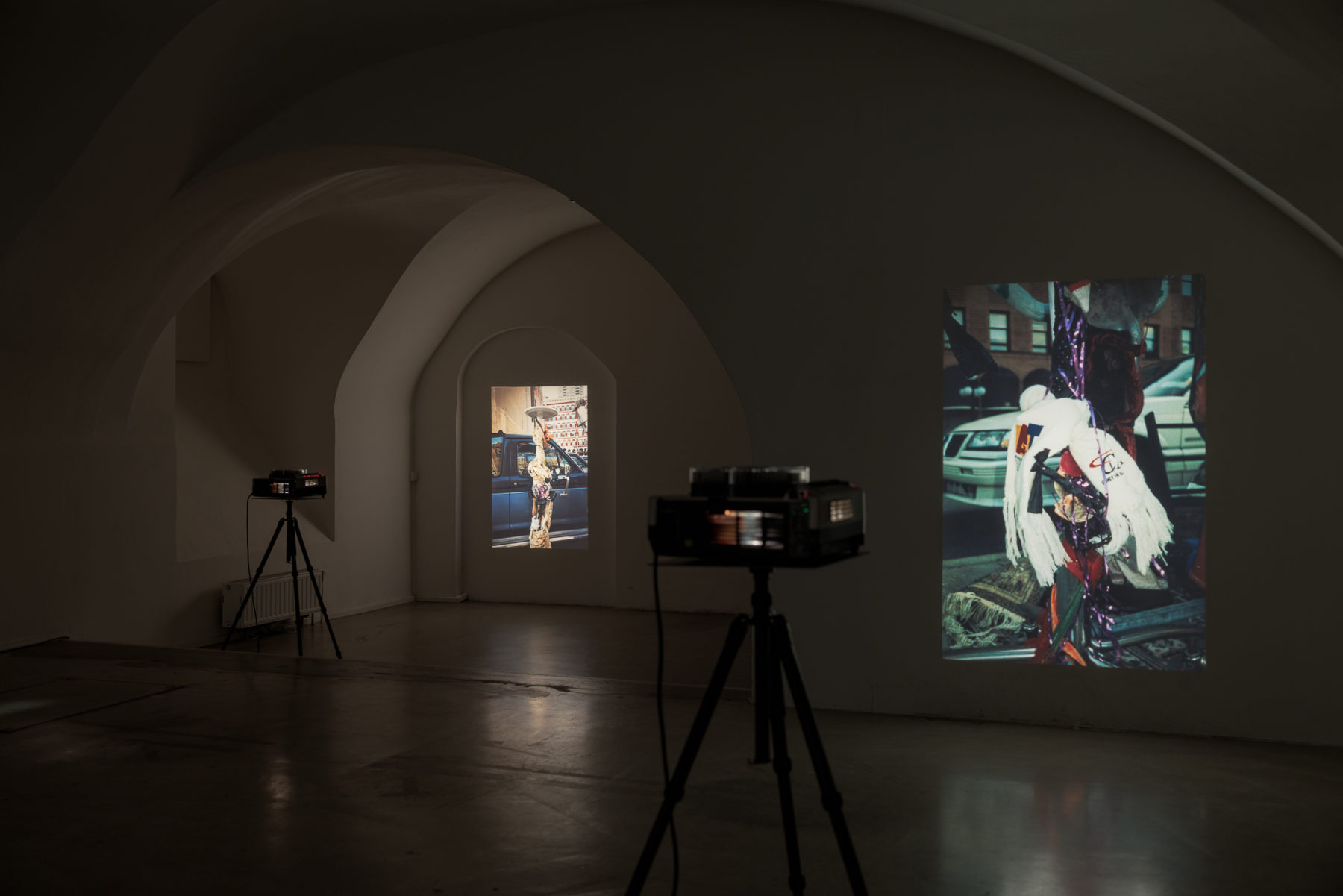
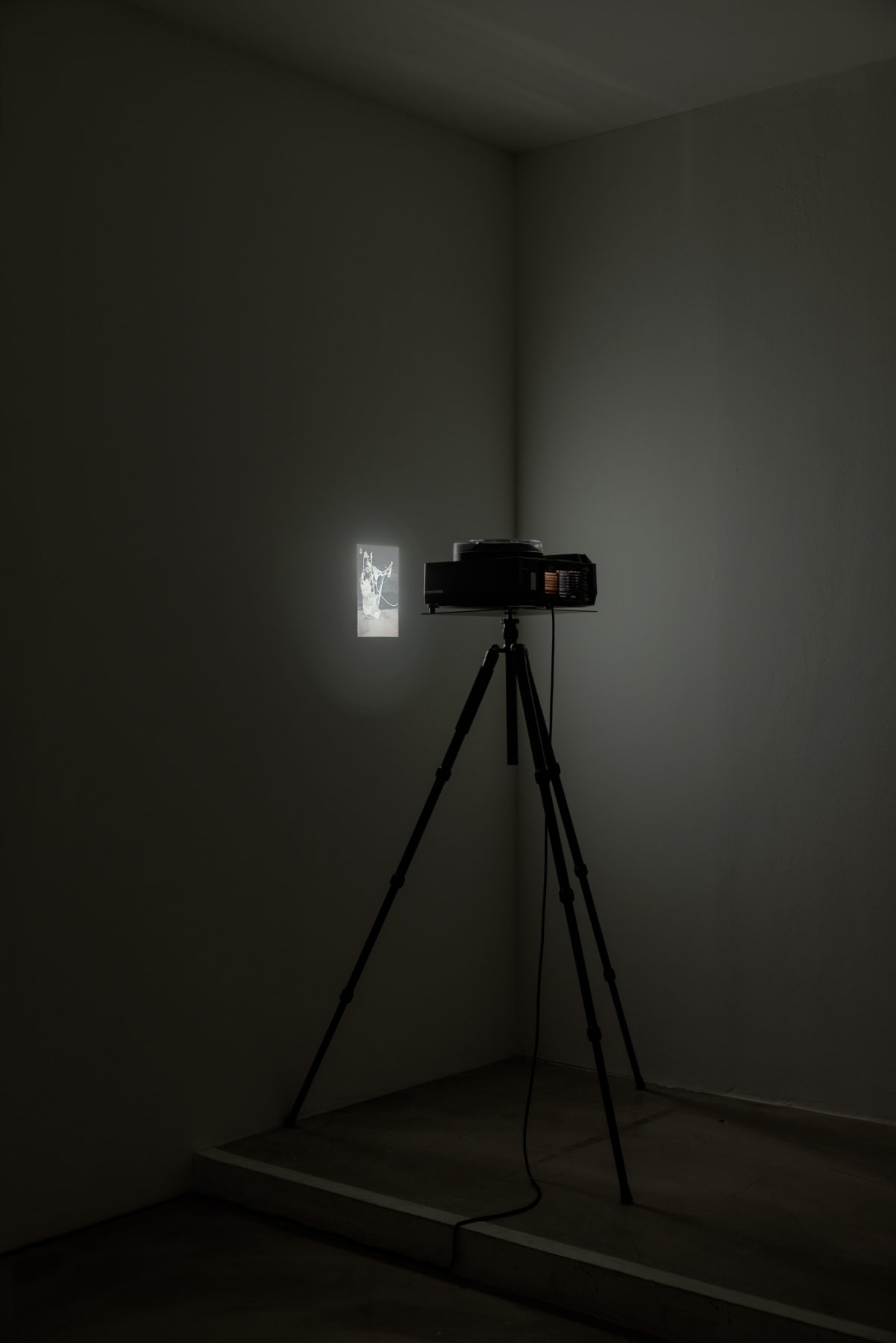
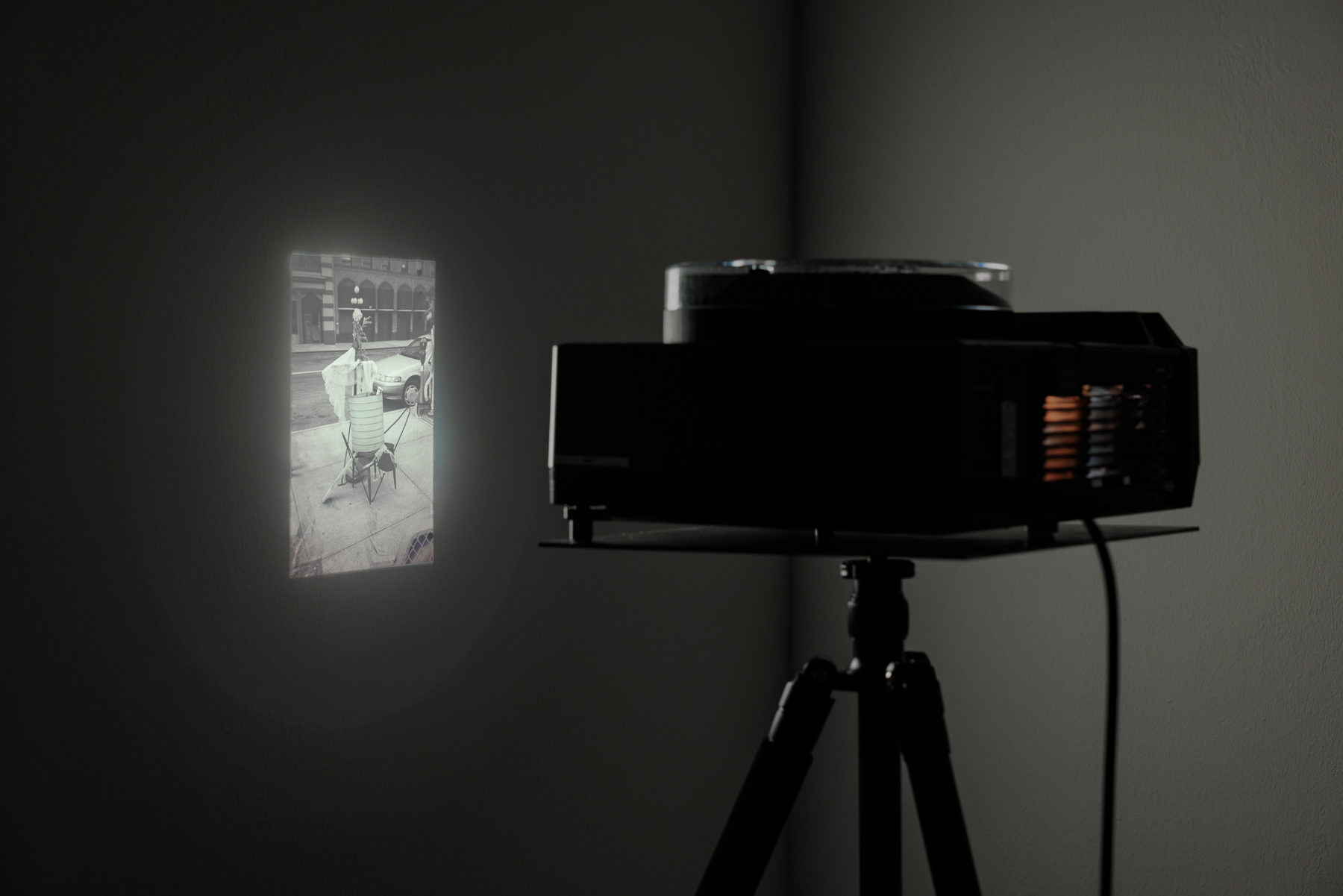
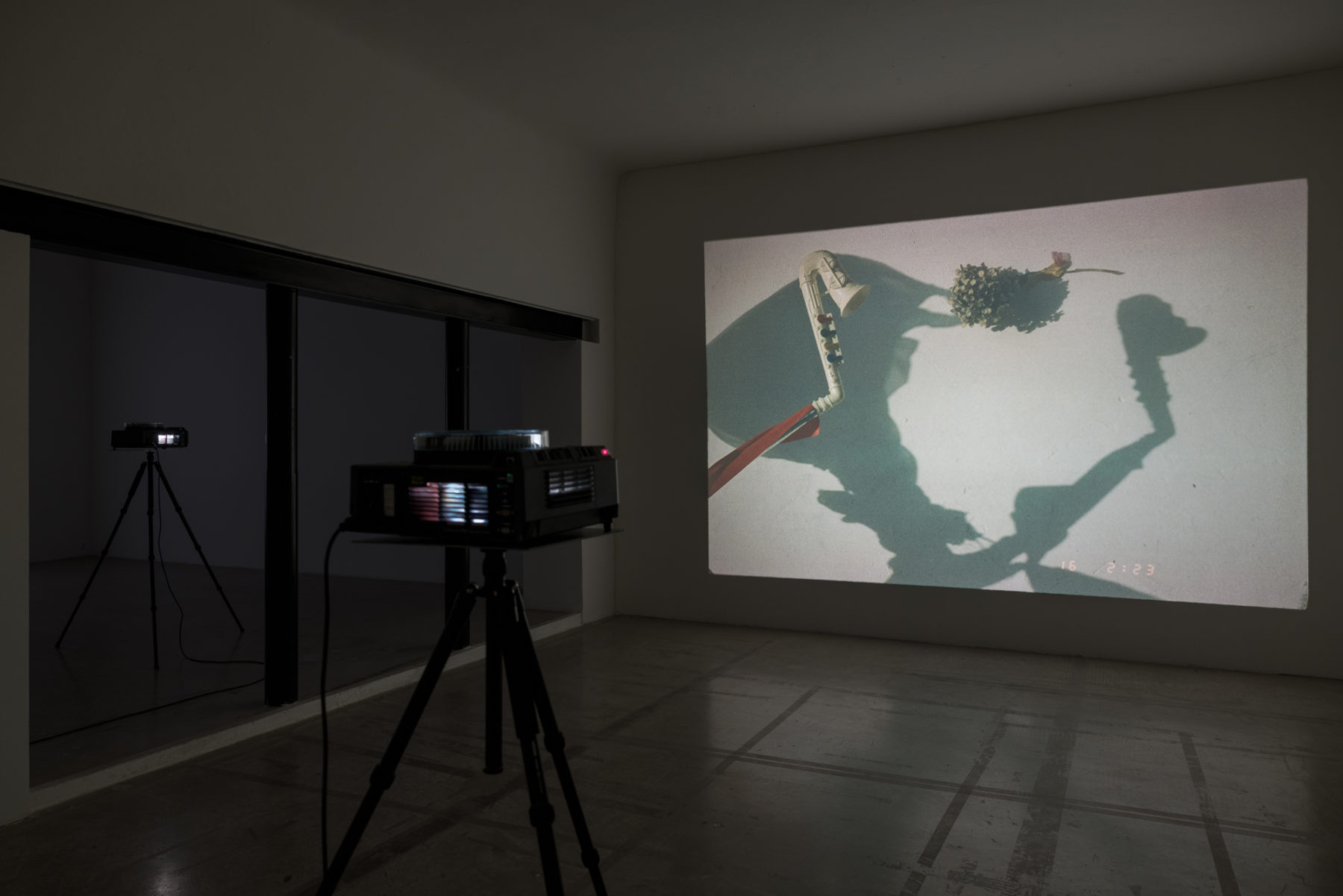
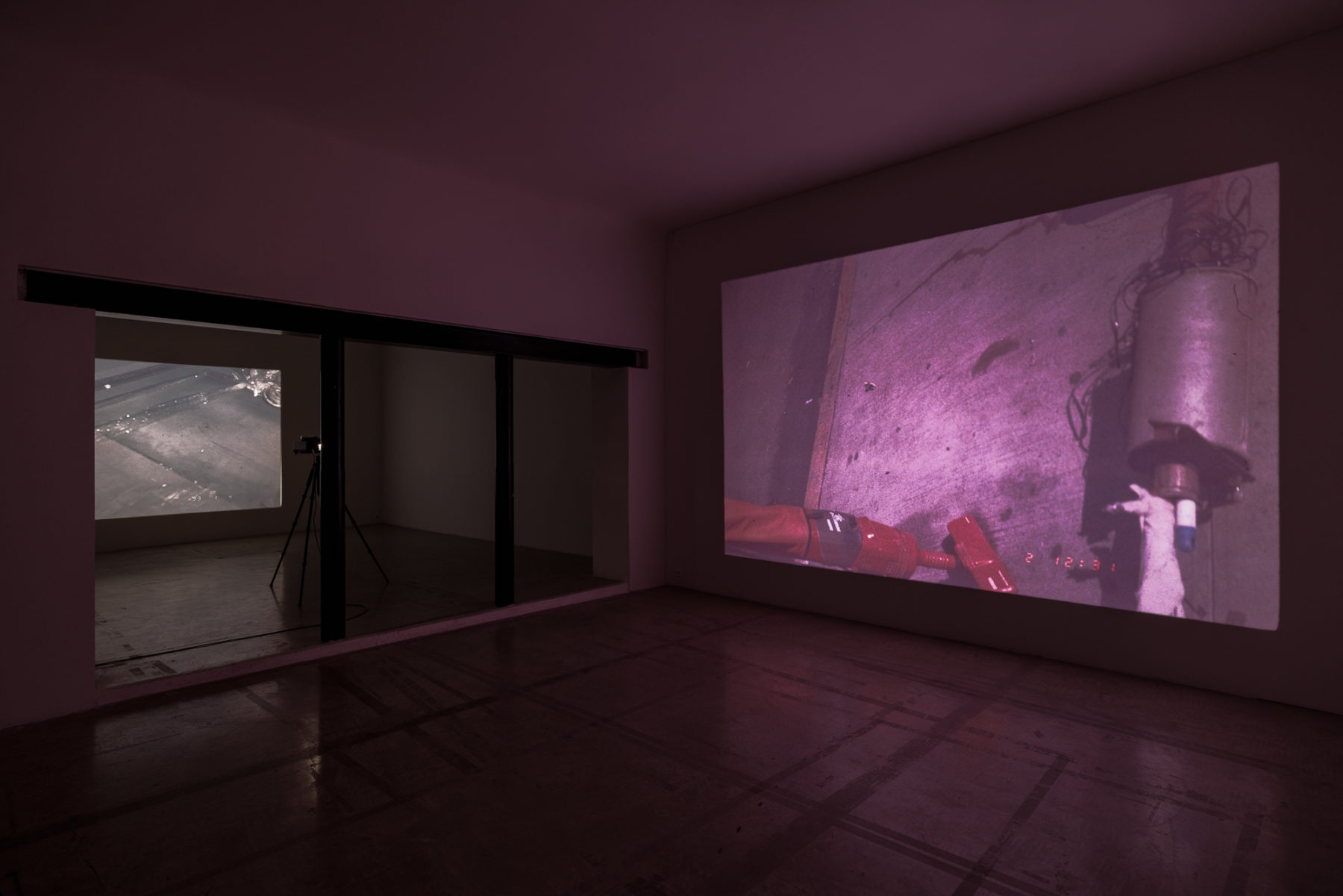
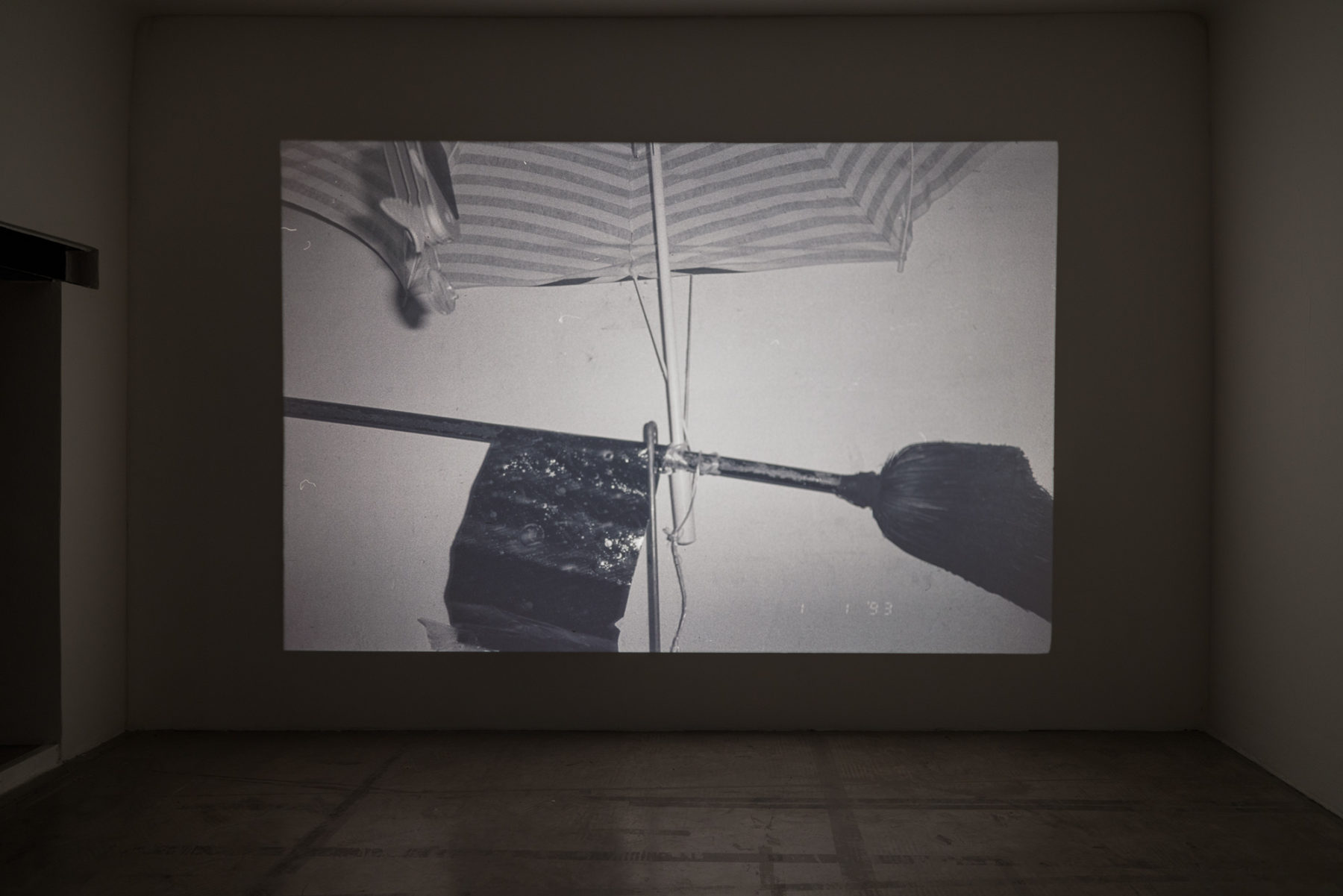

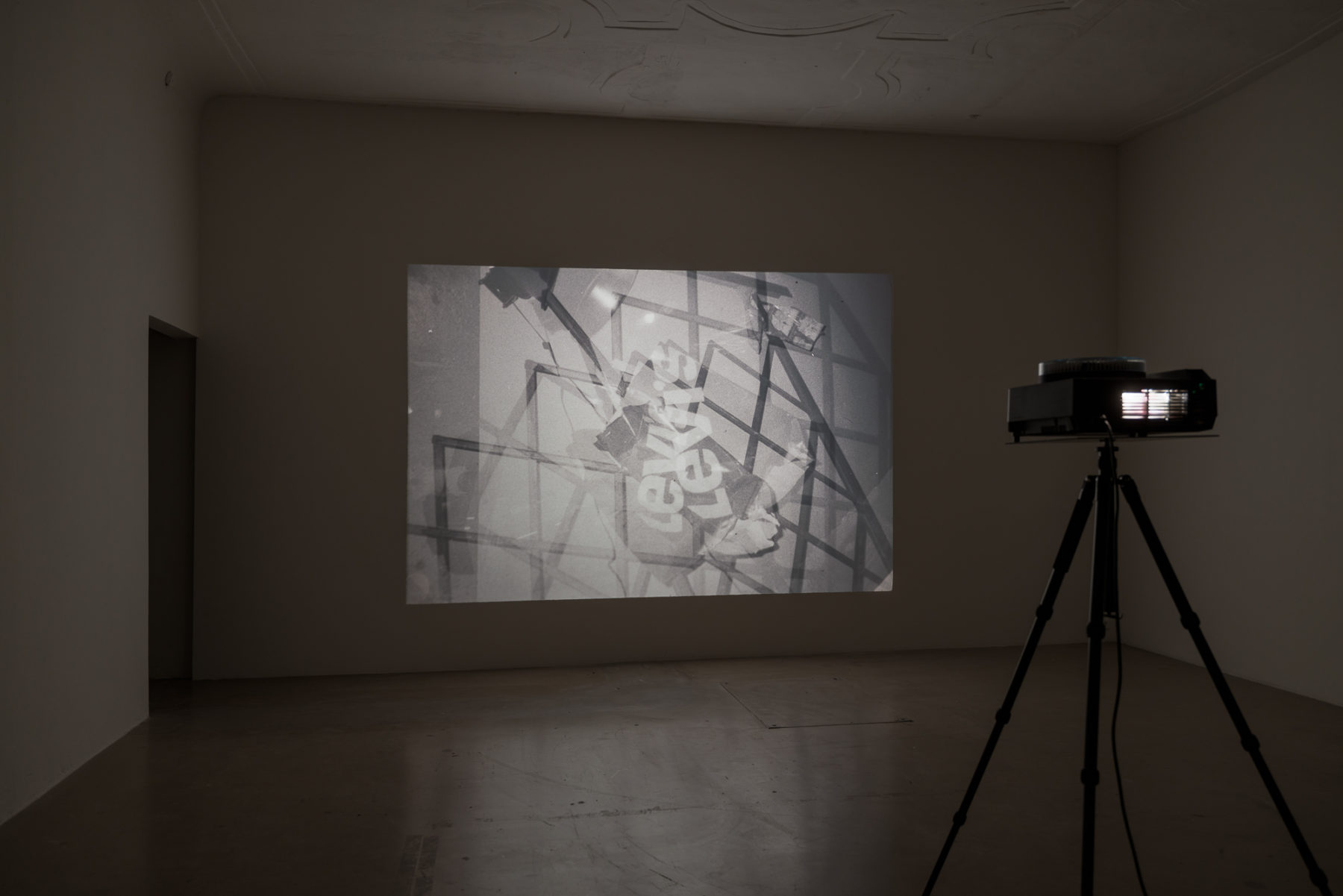
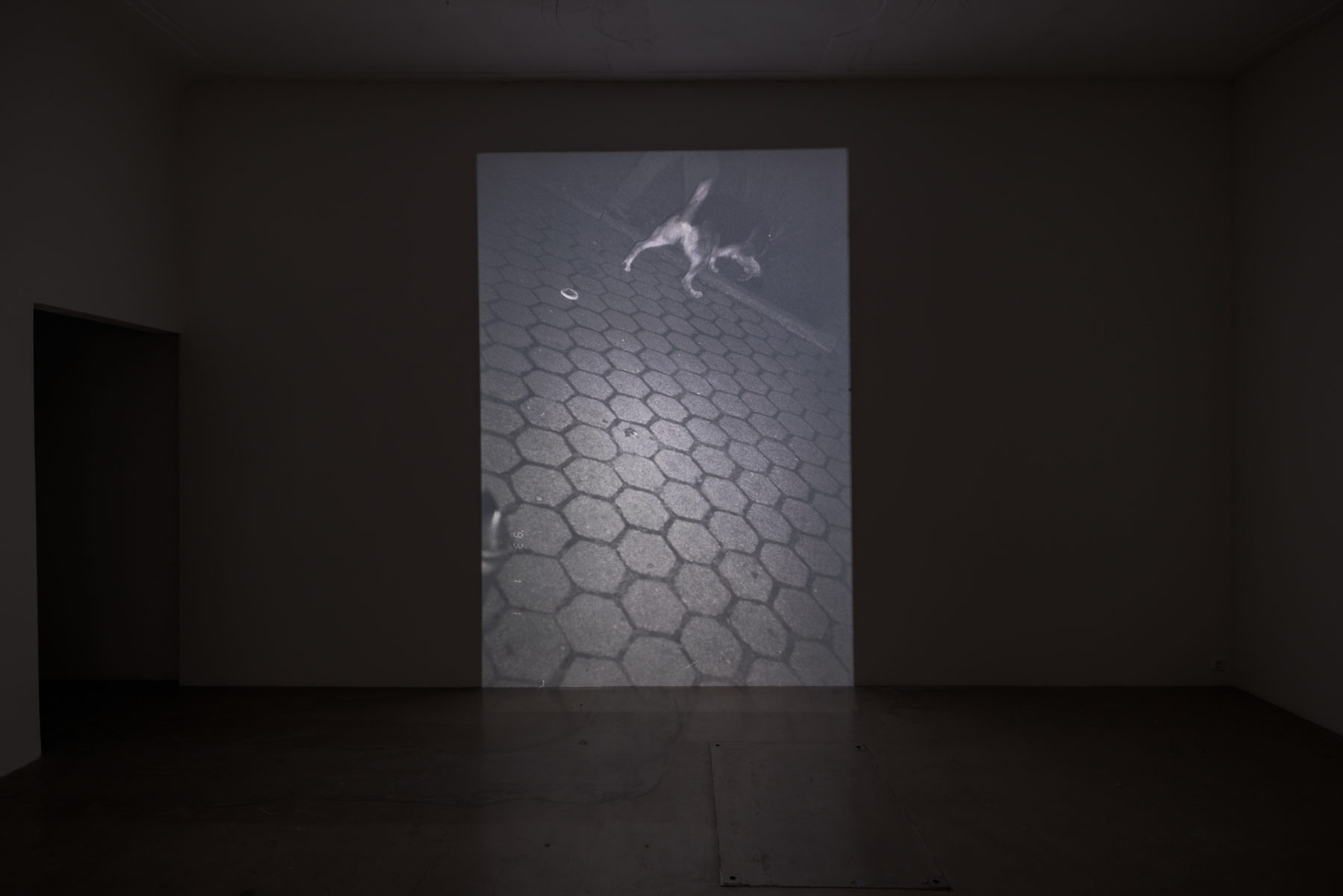
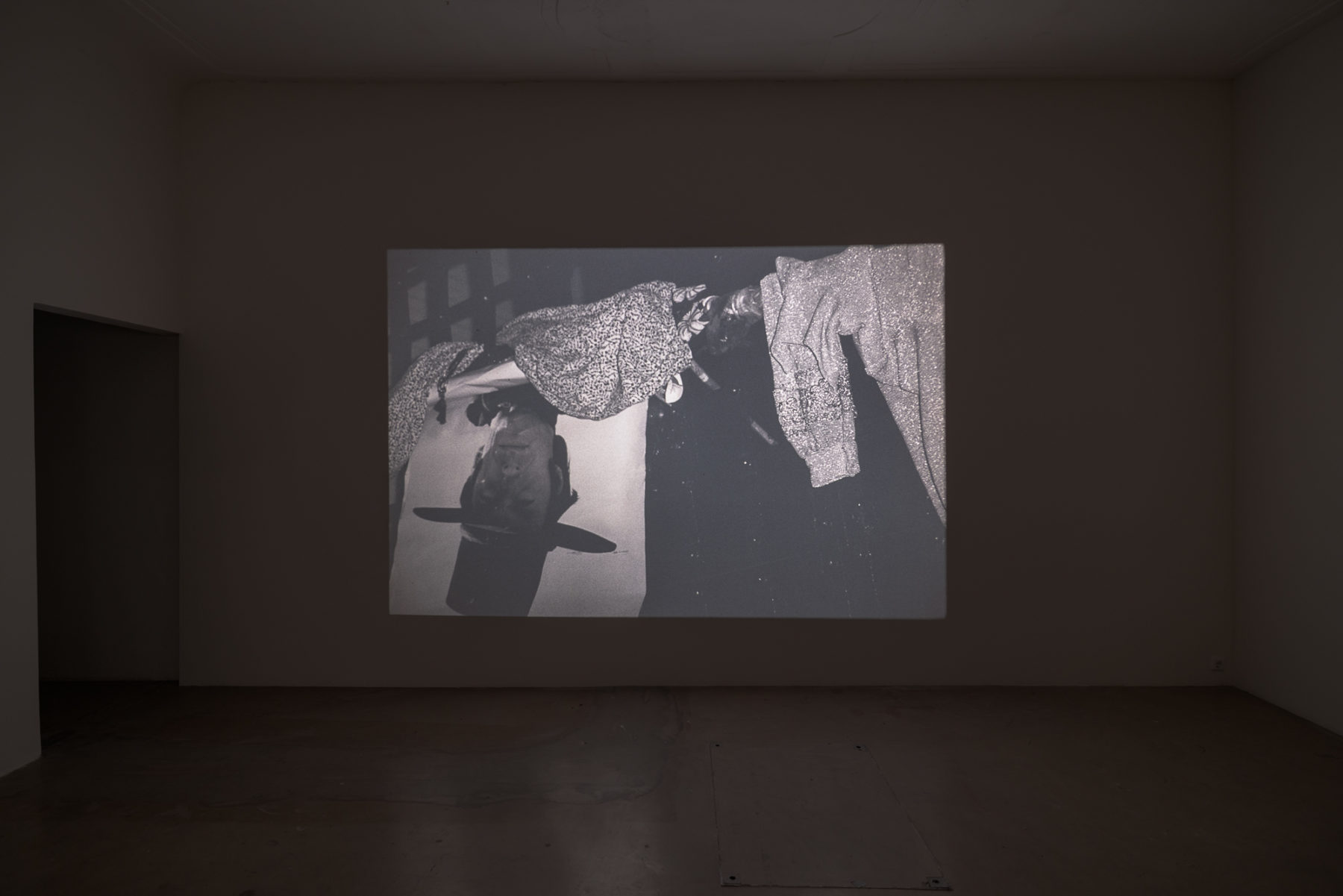
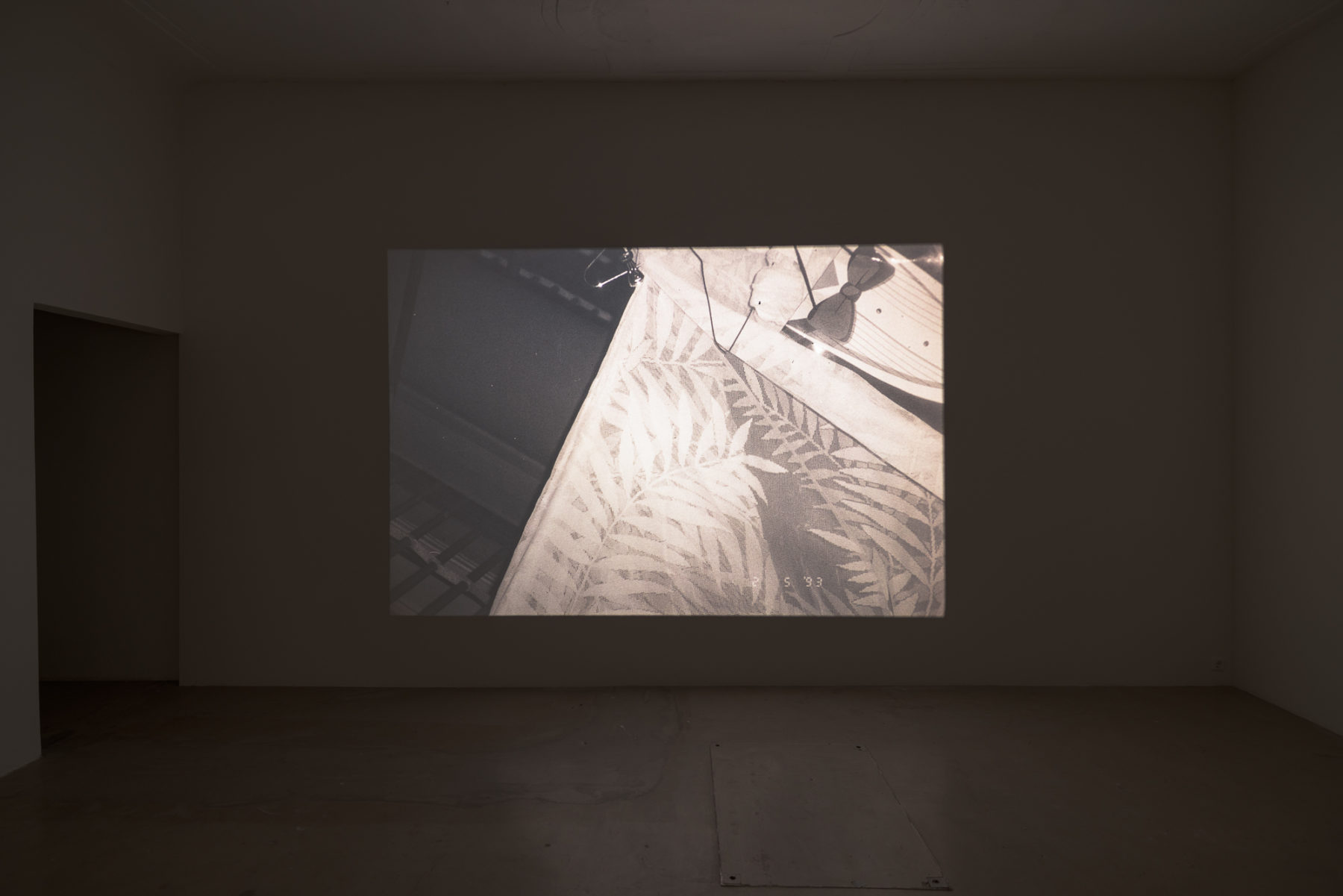
Ezio Gribaudo’s exhibition The Weight of the Concrete culminates with a series of events exploring the nexus of concrete poetry, publishing, graphic design, typography, feminism, and performance, inspired by Gribaudo and Adriano Spatola’s pioneering publication Il Peso del Concreto (1968). The series marks the end of an exhibition and sets the stage for a forthcoming publication published by Axis Axis and Grazer Kunstverein and edited by Tom Engels and Lilou Vidal, revisiting Gribaudo’s legacy and intertwining his graphic work with new and historical poetry, slated for summer 2024 release.
Choreographer and filmmaker Eszter Salamon revisits John Cage’s Lecture on Nothing (1949), a piece she initially engaged with in 2010 through her choreography Dance for Nothing, which paired Cage’s words with her movement. This time, Salamon leaves the physical movements behind, focusing on the sonic aspect of this seminal lecture on nothingness, void, and composition. She adds depth by repeating the lecture after a slowed-down recording by the American cellist and composer Frances-Marie Uitti, creating an auditory exploration of interpretation and transmission. Salamon’s fusion of body, voice, and score sets the framework for a meditation on nothingness amongst Gribaudo’s achromatic, seemingly silent works.
ESZTER SALAMON is a choreographer, artist and performer living between Berlin, Paris, and Budapest. Salamon uses choreography as an activating and organizing agency between various media such as image, sound, music, text, voice, bodily movement and actions. Since 2001 she has created solos and large scale performances, performative installations, and films that have been presented in performing arts venues and museums internationally, including Centre Pompidou, Paris; MoMA, New York City; Museo Reina Sofía, Madrid; MACBA Museu d’Art Contemporani de Barcelona, Barcelona; Serralves Foundation, Porto; Akademie der Künste, Berlin; mumok, Vienna; Kunstinstituut Melly, Rotterdam; Museo Centro Gaiás, Santiago de Compostela; Fondation Cartier, Paris; Museum der Moderne Salzburg, Salzburg; Villa Empain – Boghossian Foundation, Brussels; ING Art Center, Brussels; and KINDL, Berlin. Her exhibition Eszter Salamon 1949 (2014) was presented at Jeu de Paume, Paris, as part of Satellite curated by Nataša Petrešin-Bachelez. Her performative installation Study for the Valeska Gert Pavilion was presented at the 16th Lyon Biennale of Contemporary Art 2022. Her most recent film Sommerspiele (2023) premiered at Akademie der Künst, Berlin, and was presented during Hors Pistes 2024 at Centre Pompidou.

Ezio Gribaudo’s exhibition The Weight of the Concrete culminates with a series of events exploring the nexus of concrete poetry, publishing, graphic design, typography, feminism, and performance, inspired by Gribaudo and Adriano Spatola’s pioneering publication Il Peso del Concreto (1968). The series marks the end of an exhibition and sets the stage for a forthcoming publication published by Axis Axis and Grazer Kunstverein and edited by Tom Engels and Lilou Vidal, revisiting Gribaudo’s legacy and intertwining his graphic work with new and historical experimental poetry, slated for summer 2024 release.
Andrea di Serego Alighieri will focus on the distinct recto/verso format of Il Peso del Concreto [The Weight of the Concrete], as the book presents a unique duality: one side of the page showcases Gribaudo’s artwork, while the opposite side features an anthology of concrete poetry composed by the poet Spatola. As a response to this anthology, he will explore the work of Italian poet Amelia Rosselli (1930–1996) and examine her unique perspective on writing as both a graphic and bodily act of inscription and decipherment, an interplay she described as a fusion of “muscular movements and mental forms.” He will shed light on how this concept of physical inscription resonates with Gribaudo’s Logogrifi, discussing the tangible and performative dimensions of the page, extending it to his research on embossed squeeze papers used in epigraphy to archive inscriptions from antiquity.
ANDREA DI SEREGO ALIGHIERI (b. 1988, Italy) is a writer, editor and typographer based in Brussels. He studied Graphic Design at the Gerrit Rietveld Academie and Comparative Literature at the University of Amsterdam. Between 2014/2015 he was a researcher at the Jan van Eyck Academie. He is the co-editor of “Resistance” by Lyn Hejinian (uh books, 2019) and translator of Simone Forti’s L’orso allo specchio (Kunstverein Publishing & Galleria Raffaella Cortese, 2020). Recently, he co-edited and authored Glossator 11 (Open Humanities Press, 2021), FR DAVID “Take, Eat” (KW Institute for Contemporary Art & uh books, 2022) with Will Holder, and is the editor and translator of A Talk on Metrical Spaces by Amelia Rosselli (forthcoming for The Last Books). He is a lecturer in writing, typography and thesis tutor at the Royal Academy of Fine Arts in Antwerp, and a PhD candidate in Medieval & Modern Languages at the University of Oxford.

Ezio Gribaudo’s exhibition The Weight of the Concrete culminates with a series of events exploring the nexus of concrete poetry, publishing, graphic design, typography, feminism, and performance, inspired by Gribaudo and Adriano Spatola’s pioneering publication Il Peso del Concreto (1968). The series marks the end of an exhibition and sets the stage for a forthcoming publication published by Axis Axis and Grazer Kunstverein and edited by Tom Engels and Lilou Vidal, revisiting Gribaudo’s legacy and intertwining his graphic work with new and historical experimental poetry, slated for summer 2024 release.
In their upcoming talk, Mónica de la Torre and Alex Balgiu will present their 2020 publication, Women in Concrete Poetry: 1959-1979, an influential anthology that assembles concrete poems by women from the early stages of this avant-garde movement. This comprehensive collection highlights the contributions of 50 writers and artists from Europe, Japan, Latin America, and the United States, demonstrating how they challenged traditional conventions of genre, gender roles, and the patriarchal constraints on language and syntax. De la Torre and Balgiu will delve into the process behind compiling this anthology and share their personal reflections on the making of this publication, drawing from their experiences as poet, designer, and bibliophile, illuminating the collective endeavor to redefine poetry’s boundaries.
MÓNICA DE LA TORRE is the author of six books of poetry, of which the most recent, Repetition Nineteen (Nightboat), centers on experimental translation. Other collections include The Happy End/All Welcome (Ugly Duckling Presse)—a riff on a riff on Kafka’s Amerika—and Public Domain. Several of her books have been published in Mexico, among them Acúfenos and Taller de Taquimecanografía, written jointly with the eponymous women artists’ collective she co-founded. Recent art writing focuses on Cecilia Vicuña’s Palabrarmas series, Felix Gonzalez-Torres’s Photostats, and Ulises Carrión’s bookworks. She coedited Women in Concrete Poetry: 1959–79 (Primary Information) with Alex Balgiu. She is the recipient of the 2022 Foundation for Contemporary Arts C.D. Wright Award for Poetry and a 2022 Creative Capital grant and teaches poetry at Brooklyn College.
ALEX BALGIU is an educator, designerwriter and bookgatherer about the age of a Heidelberg GTO 52 press. Concerned with designing spaces for collective creativity and experimenting with various modes of transmission, you can catch him reading, playing and disseminating in Lausanne (Écal), Paris (Doc & Pca), Kyoto (Villa Kujoyama) or the bookshop next door. Or you can pick up Women in Concrete Poetry: 1959-79, a collection of outstanding concrete poems by women edited together with Mónica de la Torre (NY: Primary Information, 2020). Do you love books too much? Then join Bibliomania, an ongoing series of editorial puppet shows created with Olivier Lebrun, touring around the world. Currently learning from the forest and the river.
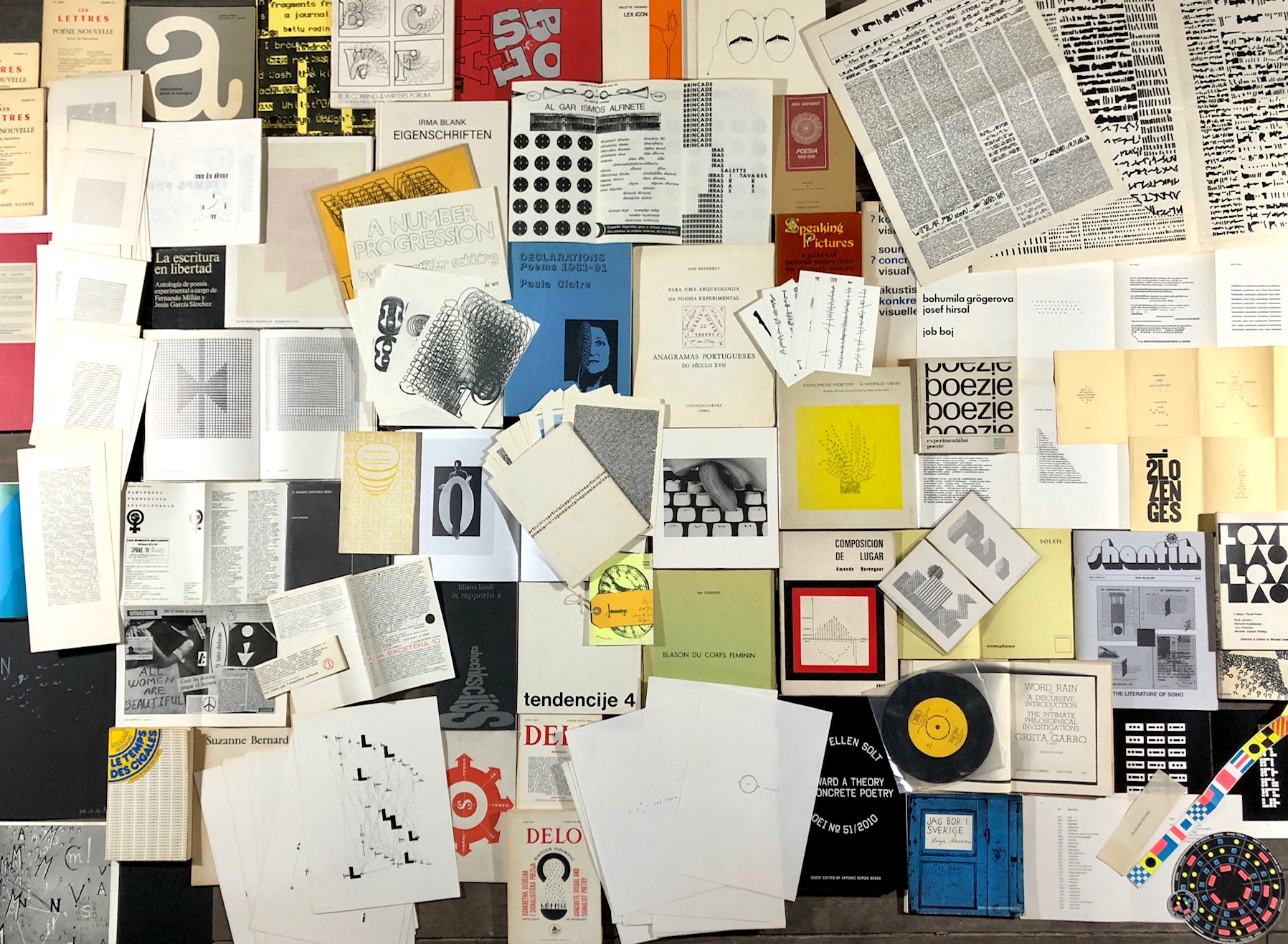
Ezio Gribaudo’s exhibition The Weight of the Concrete culminates with a series of events exploring the nexus of concrete poetry, publishing, graphic design, typography, feminism, and performance, inspired by Gribaudo and Adriano Spatola’s pioneering publication Il Peso del Concreto (1968). The series marks the end of an exhibition and sets the stage for a forthcoming publication published by Axis Axis and Grazer Kunstverein and edited by Tom Engels and Lilou Vidal, revisiting Gribaudo’s legacy and intertwining his graphic work with new and historical experimental poetry, slated for summer 2024 release.
Responding to Il Peso del Concreto, Jesper List Thomsen is set to deliver readings from two texts, Avoiding The Genius (2017) and Blackbirds (2018), each unraveling the complex ties binding body, language, and image. Avoiding The Genius draws upon language as a tool to dissect and articulate the body, crafting a method that operates like a drawing—tracing forms and lines, portraying the body in a pose of defiance, capturing resistance through physical and linguistic expression. Blackbirds delves into the nuanced evolution of an individual’s bond with their foundational language, charting a journey from initial learning phases to the eventual, unavoidable decline of linguistic engagement. Together, these texts illuminate Thomsen’s engagement with how one portrays and perceives physical and linguistic selves in the world.
JESPER LIST THOMSEN (b.1978, Denmark) is an artist based in London and Torino. He works with text, painting, sculpture and performance. Recent exhibitions and performances have taken place at MACRO, Rome; Kölnischer Kunstverein, Cologne; West Den Haag, Den Haag; Braunsfelder, Cologne; Fanta-MLN, Milan; Radio Athènes, Athens; Hot Wheels Athens, Athens; Parrhesiades, London; ICA, London; Künstlerhaus Stuttgart, Stuttgart; Bureau des Réalités, Brussels. BASE BASE, a book-length collection of his writings was published by Juan de la Cosa, Mexico City/London in 2018 and his book FREEEee was published by L’Esprit de l’Escalier, London/Helsinki in 2021.

This publication coincides with the exhibition The Weight of the Concrete by Ezio Gribaudo in a scenography by Davide Stucchi. It is the seventh entry in a series of compact volumes featuring visual contributions, correspondence, responses, and conversations accompanying the Grazer Kunstverein exhibition program.
This volume contains photographic excerpts from Ezio Gribaudo’s series of achromatic embossed “Logogrifi” limited edition books, created between 1965 and 1972. These works challenge the conventional relationship between ink and material in print, using embossing to highlight the tangible process of creating printed matter. One of the key elements of Gribaudo’s work is the “logogrifo” (logogriph), a word puzzle derived from the Greek “logos” (word) and “griphos” (riddle). Typically, the logogriph, or a riddle in verse, involves altering words by adding, removing, or changing one letter at a time to form other words. In Gribaudo’s interpretation, a logogrifo oscillates between legibility and abstraction, serving both as readable forms and as a gateway to an enigmatic world where the image and language, disconnected from their origins, coalesce. This publication, The Weight of the Concrete, features a selection of pages from the “Logogrifi” books, uniquely complemented by an intervention on the back cover by Davide Stucchi as a conceptual and poetic response to its title.
Editors: Tom Engels, Lilou Vidal
Images: Ezio Gribaudo
Intervention: Davide Stucchi
Graphic Design: Julie Peeters
Photography: Martteo Ninarello, Martina Caravella
Edition: 350
Typeface: Kleisch GK by Chiachi Chao
64 pages, B&W
ISBN: 978-3-9505230-6-5
Price: 9,- euros, 5,- euros for members
Ezio Gribaudo
Logogrifo, ca. 1967-70.
Silk screen print
Edition: 99
50 x 69 cm
Numbered and signed.
€ 600,00* (excl. VAT, excl. packing and shipping costs)
*The editions are available to the members of Grazer Kunstverein. It is possible to become a member when purchasing an edition.
EZIO GRIBAUDO (1929-2022, Italy) was an artist and art publisher based in Turin. Gribaudo’s work, notable for its fusion of figurative, textual, and topographical elements, was shaped by his expertise in typography, industrial printing, and publishing. He managed the Edizione d’Arte Fratelli Pozzo publishing house and was instrumental in the Le Grande Monografie series by Fabbri Editori, producing monographs on artists such as Karel Appel, Francis Bacon, Alberto Burri, Giorgio de Chirico, Marcel Duchamp, Man Ray, Joan Miró, Henry Moore, Antoni Tàpies, among others. In collaboration with Michel Tapié, he contributed to the ICAR (International Center of Aesthetic Research) in 1960. Gribaudo was also committed to curatorial projects, such as the exhibition of the Peggy Guggenheim Collection at Galleria Civica d’Arte Moderna, Turin, in 1976, and Jean Dubuffet’s exhibition-performance CouCou Bazar at Promotrice delle Belle Arti with FIAT in 1978.
Ezio Gribaudo’s artistic trajectory is characterized by a prolific exhibition history. His work has been featured in exhibitions both in Italy and internationally since the late 1950s and continues to be exhibited to this day. A small selection of solo exhibitions includes: Galleria d’Arte La Bussola, Turin (1959); Galleria Schwarz, Milan (1967/1972); Galleria la Bertesca, Genoa (1967); Galleria Viotti, Turin (1968); Galerie de France, Paris (1968); Kunstverein Göttingen (1971); Petit Palais, Musée d’Art Moderne, Geneva (1971); Museum of Modern Art, Rio de Janeiro (1973); Marlborough Graphics Gallery, London (1974); Galleria Michaud, Florence (1975); Etablissement d’en face, Brussels (2019); and Galerie Sans Titre, Paris (2022).
In addition, Gribaudo participated in significant exhibitions such as the 9th Rome Quadriennale (1965); the 33rd Venice Biennale (1966); Salon de Mai, Paris (1967); Salon de Mayo, Havana (1967); the 9th São Paulo Art Biennial (1967); Stedelijk Van Abbemuseum, Eindhoven (1967); GAM (Galleria Civica d’Arte Moderna), Turin (1967); Salon de Mai, Paris (1968); Museum of Modern Art, Caracas (1968); The National Gallery, Prague (1969); the 8th International Exhibition of Graphic Arts, Ljubljana (1969); the 10th Rome Quadriennale (1973); Fundação Calouste Gulbenkian, Lisbon (1979); International Exhibition of Graphic Arts, Bilbao (1982); Grand Palais, Paris (1982); Castello di Rivoli, Rivoli (1986); the Italian Pavilion at the 54th Venice Biennale (2011); Sandretto Re Rebaudengo Foundation, Turin (2015); Peggy Guggenheim Collection, Venice (2016); Museo del Novecento, Milan (2017); GAM (Galleria Civica d’Arte Moderna), Turin (2017); Pio Pico Gallery, Los Angeles (2020); and MACRO Museum of Contemporary Art of Rome (2021).